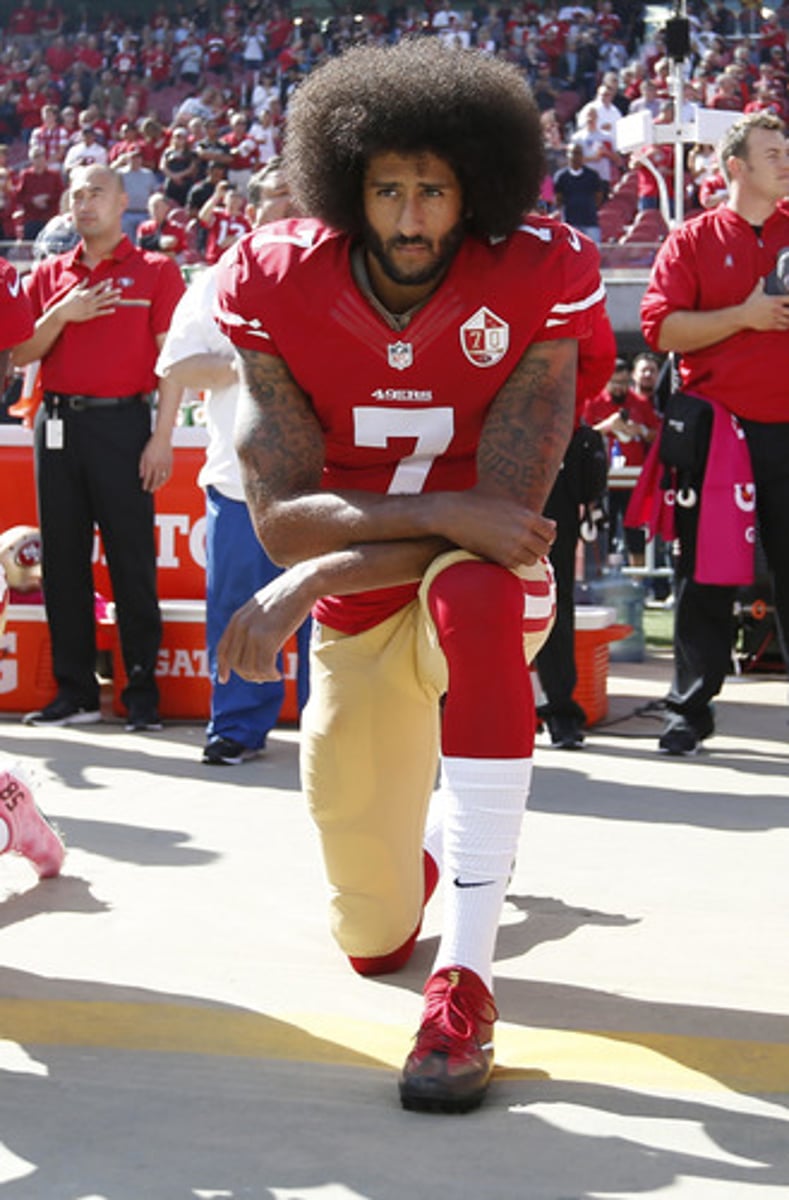AP African American Studies Unit 4
1/140
There's no tags or description
Looks like no tags are added yet.
Name | Mastery | Learn | Test | Matching | Spaced |
|---|
No study sessions yet.
141 Terms
Negritude Movement
a movement in which French-speaking Africans and West Indians celebrated their heritage of traditional African culture and values.
Negrismo Movement
Colonies in Latin America and the Caribbean promoting an appreciation of the history and culture of black people around the world,
New Negro Movement
An effort to promote racial equality in the United States in the 1920s onward. by celebrating the cultural contributions of African Americans.
Assimilation
The social process of absorbing one cultural group into harmony with another, in this case, Black Americans were supposed to change themselves to fit within white culture.
Aime Cesaire
Senegalese poet and activist. He coined the term "Negritude", an influential idea rejecting Western sterotypes of Africans and insisting on African self-identification.
Nicolas Guillen
a Cuban poet, journalist and political activist, part of the Negrismo movement
Segregation
Separation of people based on racial, ethnic, or other differences. It stemmed from the concept of "Separate but Equal" and Plessy v. Ferguson.
Ku Klux Klan
White supremacy organization that intimidated blacks out of their newly found liberties.
Jim Crow
Laws written to separate blacks and whites in public areas/meant African Americans had unequal opportunities in housing, work, education, and government
Civil Rights Act of 1964
This act made racial, religious, and sex discrimination by employers illegal and gave the government the power to enforce all laws governing civil rights, including desegregation of schools and public places.
Voting Rights Act of 1965
A law designed to help end formal and informal barriers to African-American suffrage
Brown v. Board of Education (1954)
Overrules Plessy v. Ferguson. Racial segregation violates 14th Amendment Equal Protection Clause ("separate is inherently unequal")
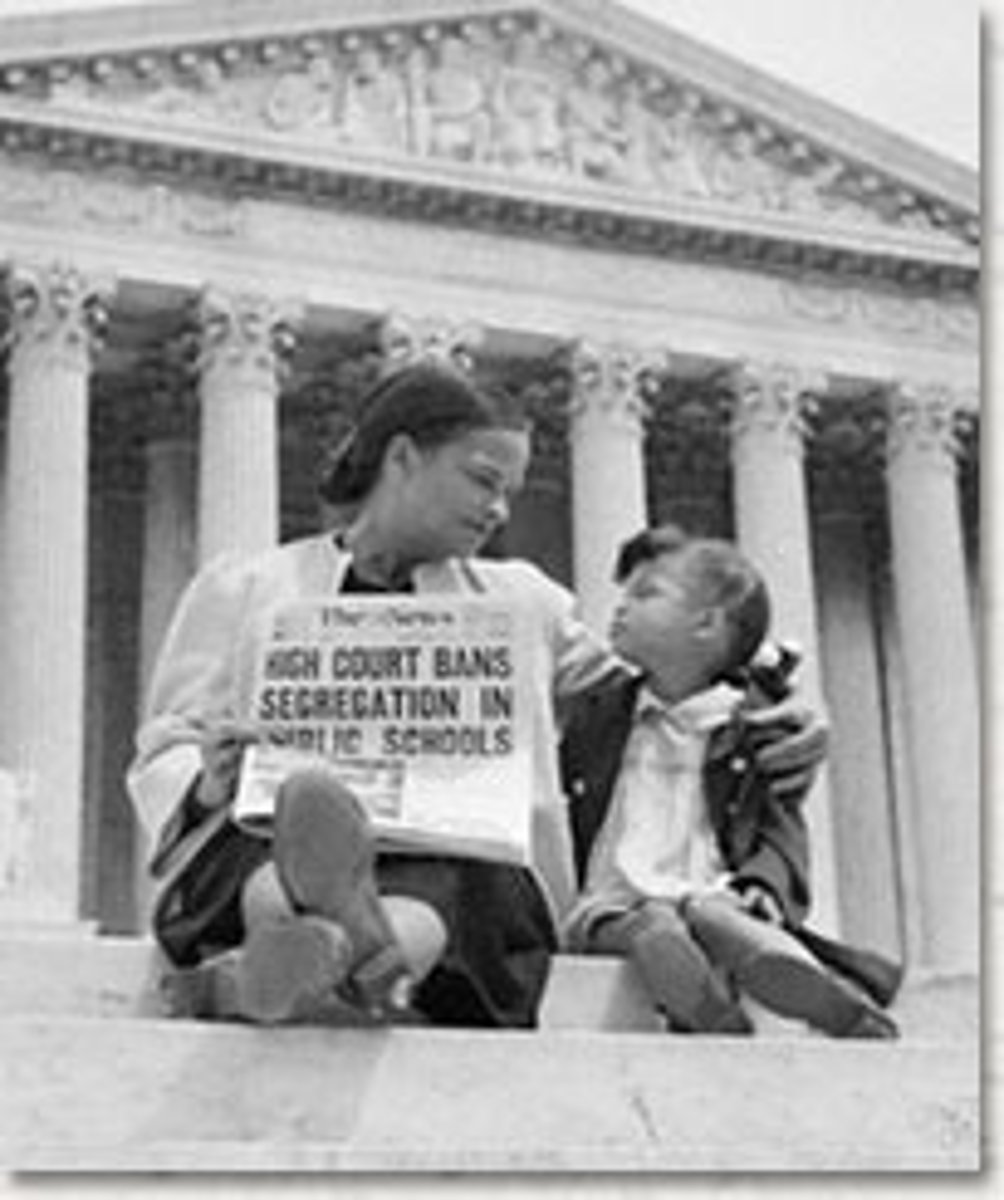
GI Bill 1944
Provided for college or vocational training for returning WWII veterans as well as one year of unemployment compensation. Also provided for loans for returning veterans to buy homes and start businesses. It was, however, applied unevenly to Black Americans, who did not get all of those benefits.
Black Freedom Movement
Combination of the movements to end both discrimination and colonialism of African peoples around the world. It included the civil rights and black power movements in the United States.
A. Philip Randolph
Black leader, who threatens a march to end discrimination in the work place; Roosevelt gives in with companies that get federal grants.
Fair Employment Practices Committee
Enacted by executive order 8802 on June 25, 1941 to prohibit discrimination in the armed forces.
"Black Rosies" (Rosie the Riveter)
Rosie was A symbol of American women who went to work in factories during the war, and black women were underrecognized as a major part of the women who went into the workforce during WWII.
6888th Central Postal Directory Battalion
The only all-African American Women's Army Corps unit to serve overseas in World War II.
Tuskeegee Airmen
All African-American fighting squadron that escorted American bombers on bombing runs.
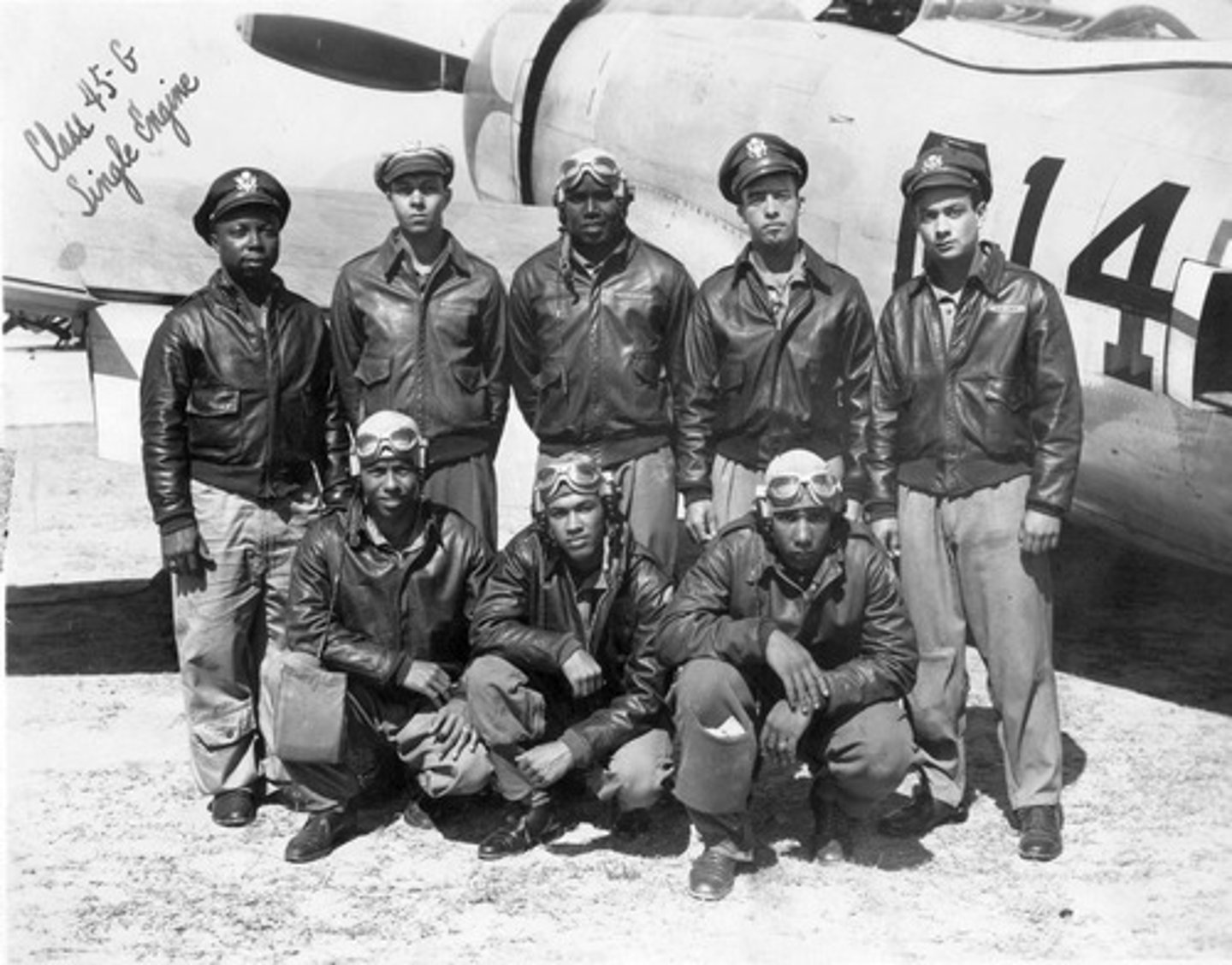
Double V Campaign
The World War II-era effort of black Americans to gain "a Victory over racism at home as well as Victory abroad."
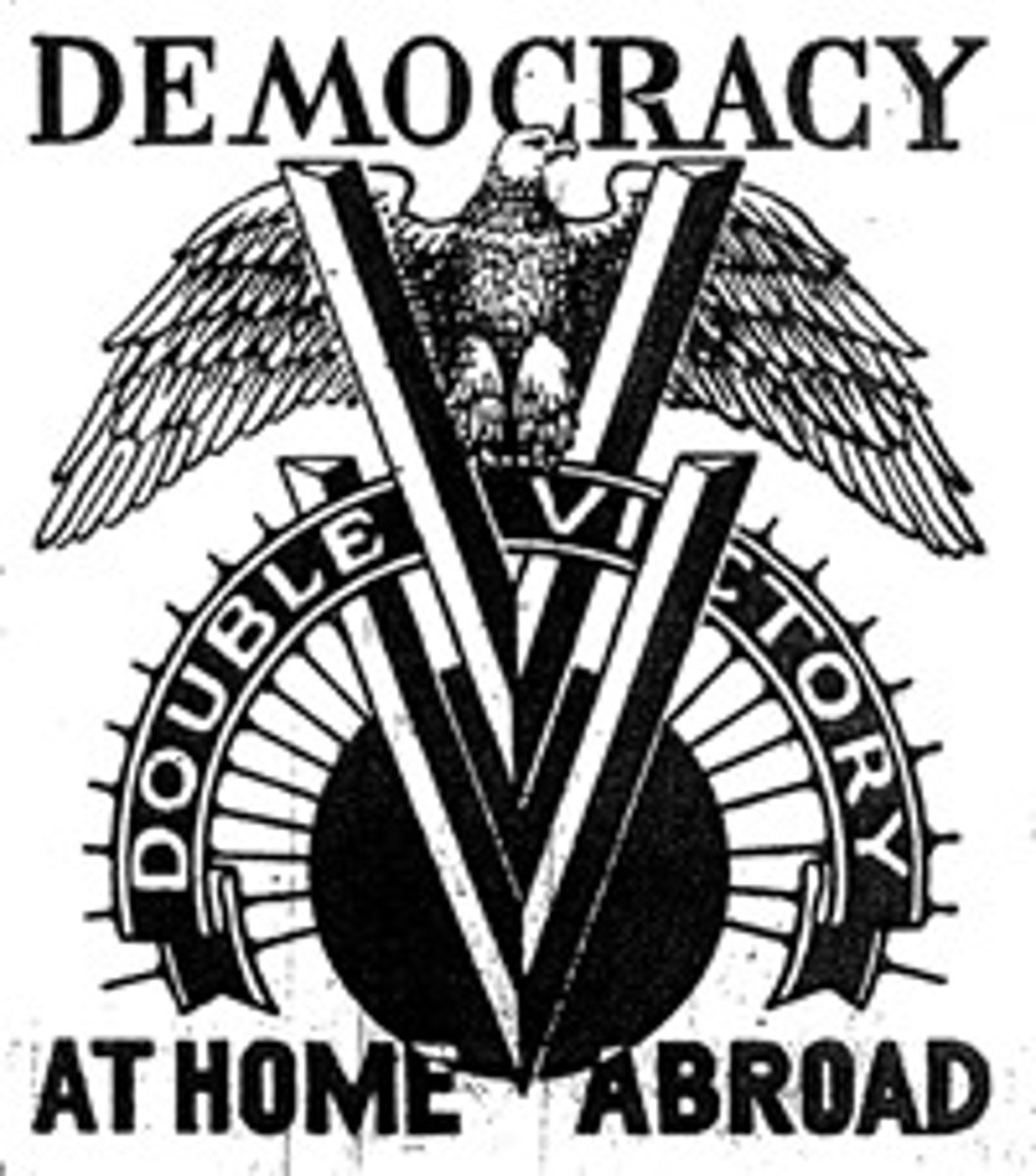
Redlining
A discriminatory real estate practice in North America in which members of minority groups are prevented from obtaining money to purchase homes or property in predominantly white neighborhoods. The practice derived its name from the red lines depicted on cadastral maps used by real estate agents and developers. Today, redlining is officially illegal.
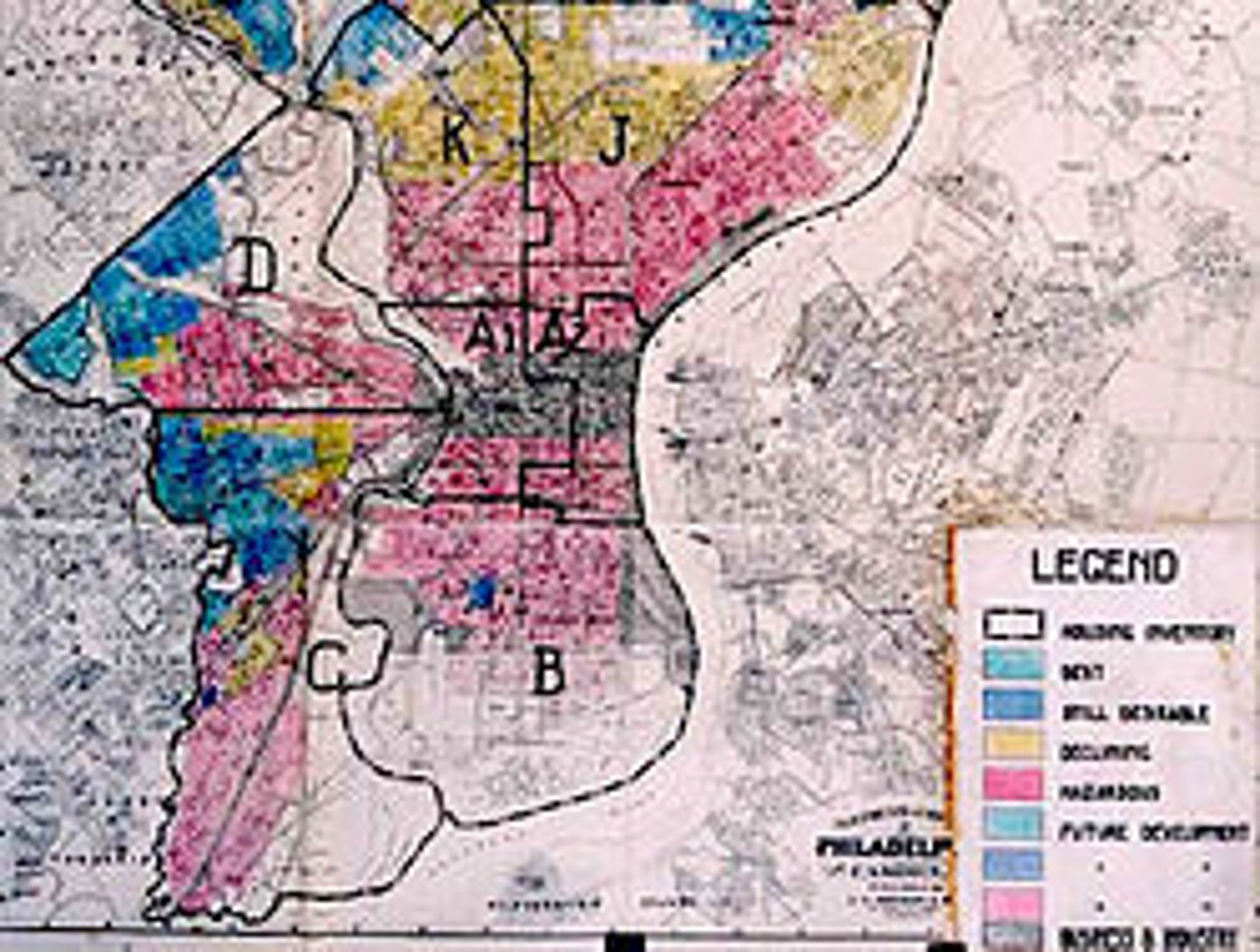
Safe Bus Company (1926)
Black-owned bus company that operated in Winston-Salem, North Carolina from 1926 to 1972. It was created to provide transportation to the city's Black neighborhoods, which were underserved at the time.
Jitneys
Small buses that provided taxi services; Predominantly Black areas often lacked sufficient infrastructure for public transportation. African Americans responded by operating jitneys. (One of the forms of transportation during the Montgomery bus boycott)
Jackie Robinson
The first African American player in the major league of baseball. Desegregated the league in 1947. His actions helped to bring about other opportunities for African Americans.
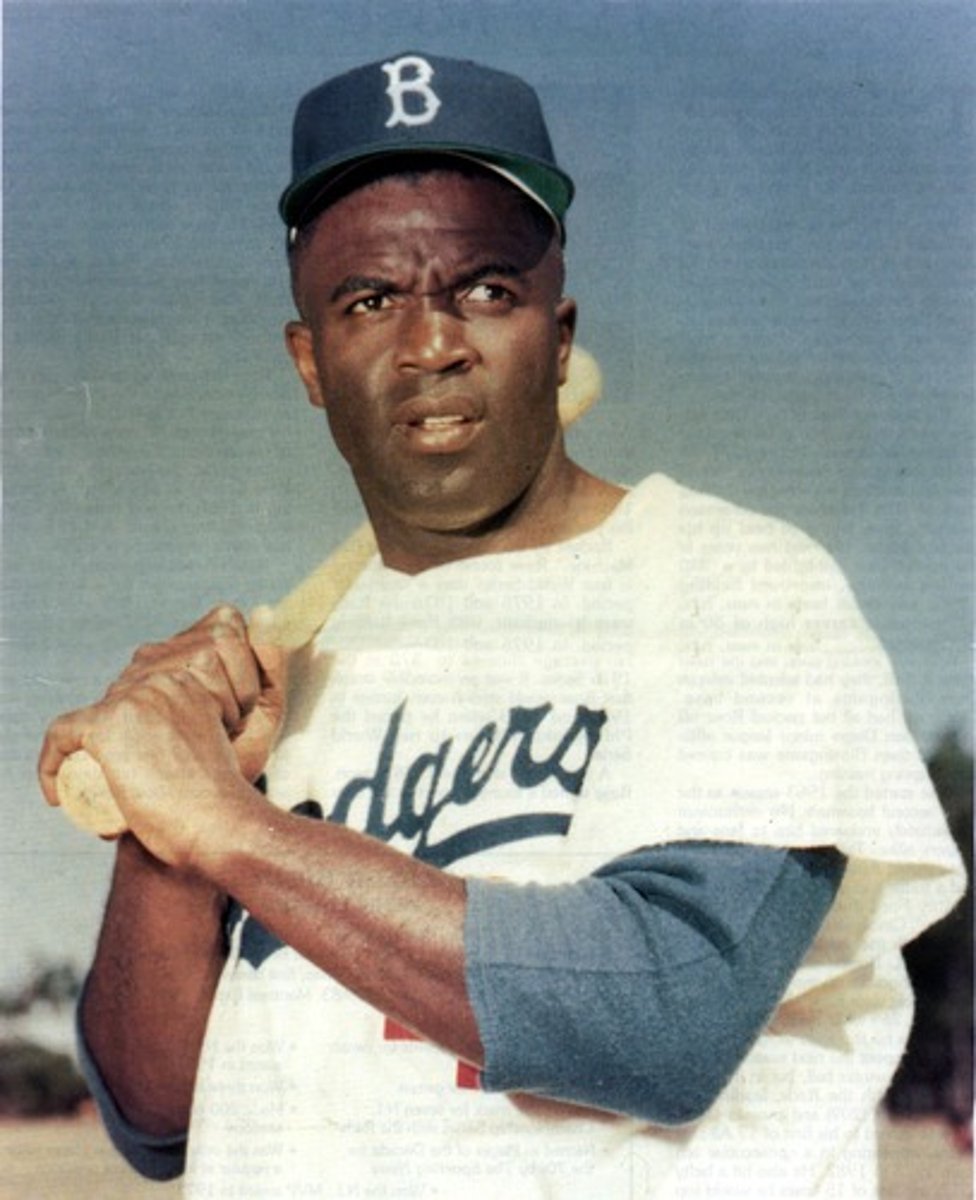
Desegregation of the Military
in 1948 President Truman ordered desegregation of the military
NAACP
National Association for the Advancement of Colored People
Thurgood Marshall
American civil rights lawyer, first black justice on the Supreme Court of the United States. Marshall was a tireless advocate for the rights of minorities and the poor.
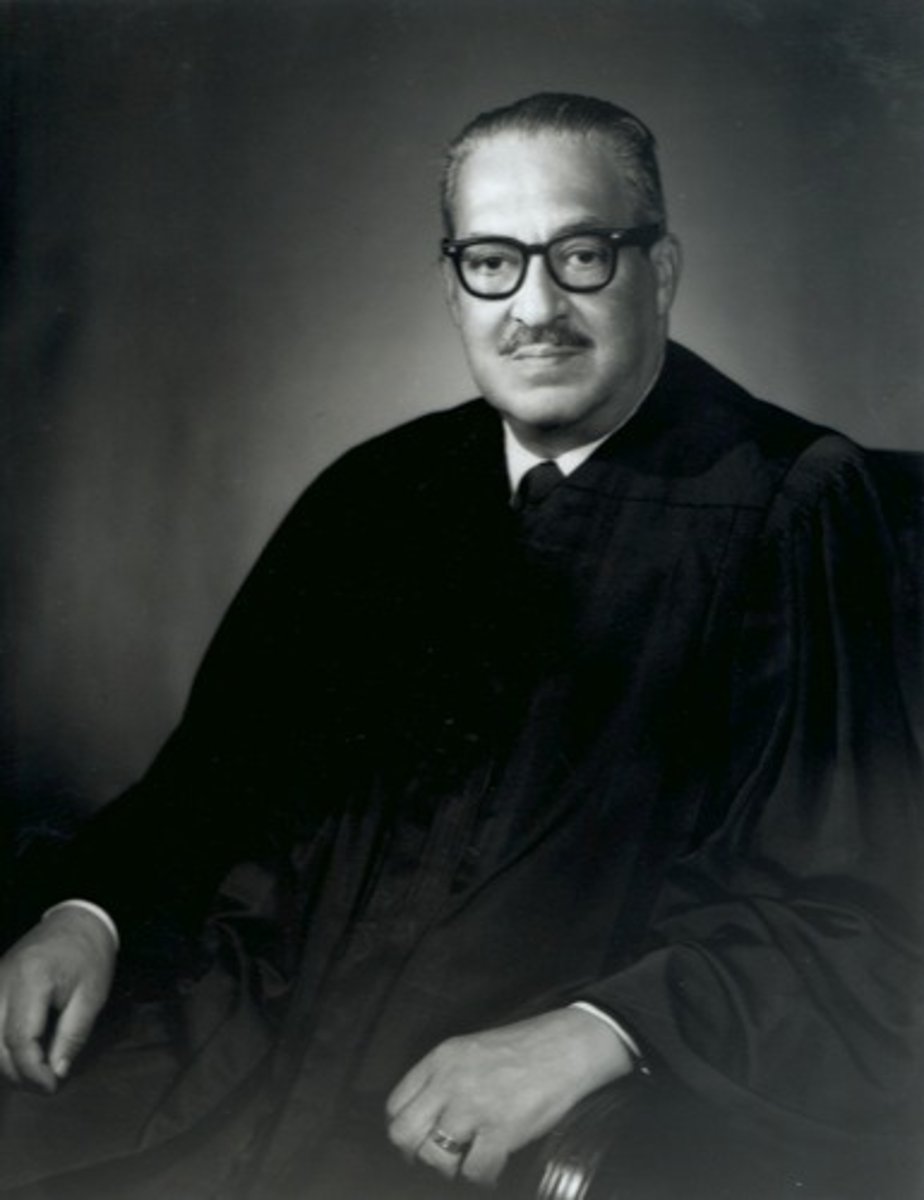
Rosa Parks
United States civil rights leader who refused to give up her seat on a bus to a white man in Montgomery (Alabama) and so triggered the national civil rights movement (born in 1913)
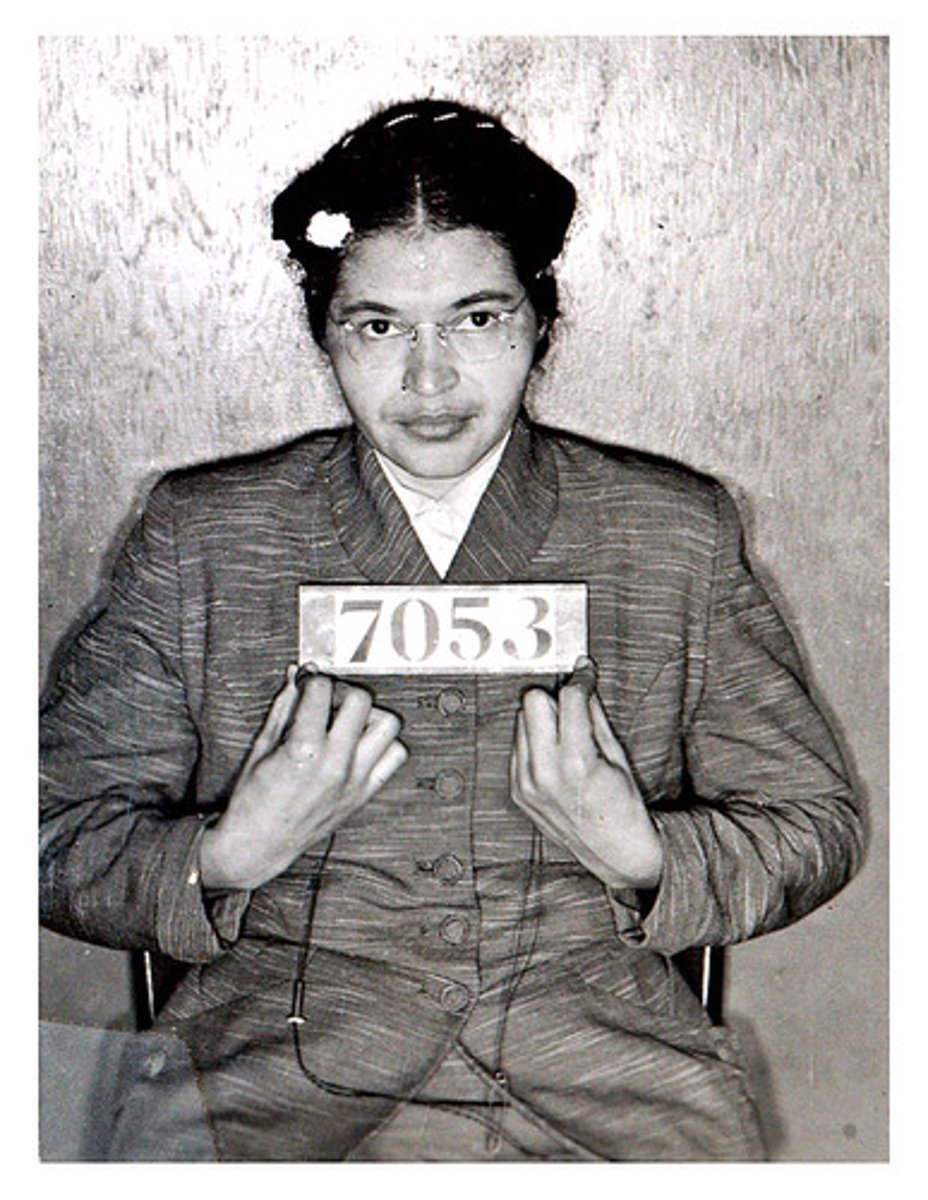
Montgomery Bus Boycott
In 1955, after Rosa Parks was arrested for refusing to give up her seat on a city bus, Dr. Martin L. King led a boycott of city busses. After 11 months the Supreme Court ruled that segregation of public transportation was illegal.
Little Rock Nine
In September 1957 the school board in Little rock, Arkansas, won a court order to admit nine African American students to Central High a school with 2,000 white students. The governor ordered troops from Arkansas National Guard to prevent the nine from entering the school. The next day as the National Guard troops surrounded the school, an angry white mob joined the troops to protest the integration plan and to intimidate the AA students trying to register. The mob violence pushed Eisenhower's patience to the breaking point. He immediately ordered the US Army to send troops to Little Rock to protect and escort them for the full school year.
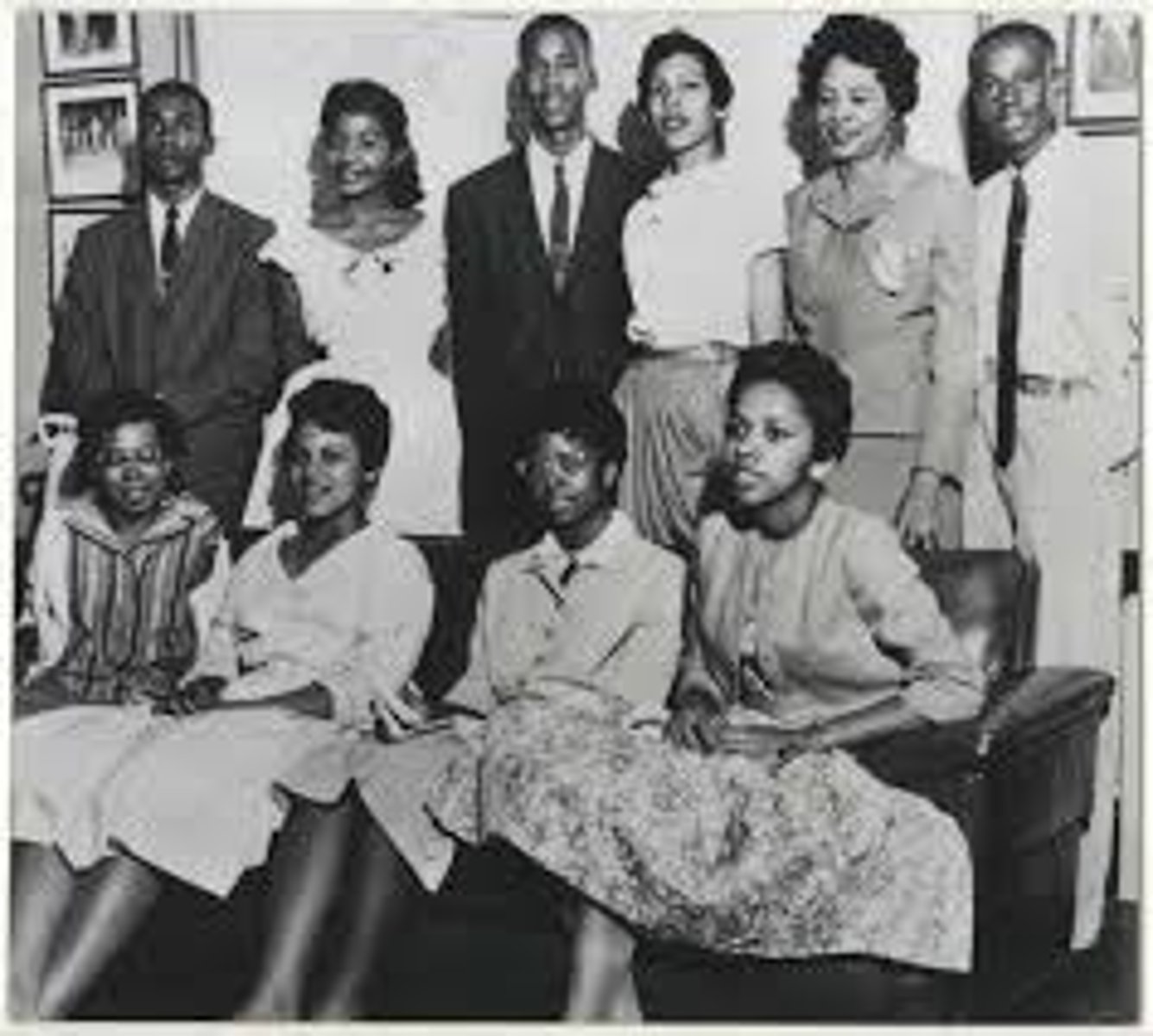
Greensboro 4
Feb 1, 1960: Four Black college students sat at the white-only Woolworth's lunch counter to protest segregation. They refused to leave after they were denied service. Abused for their actions.
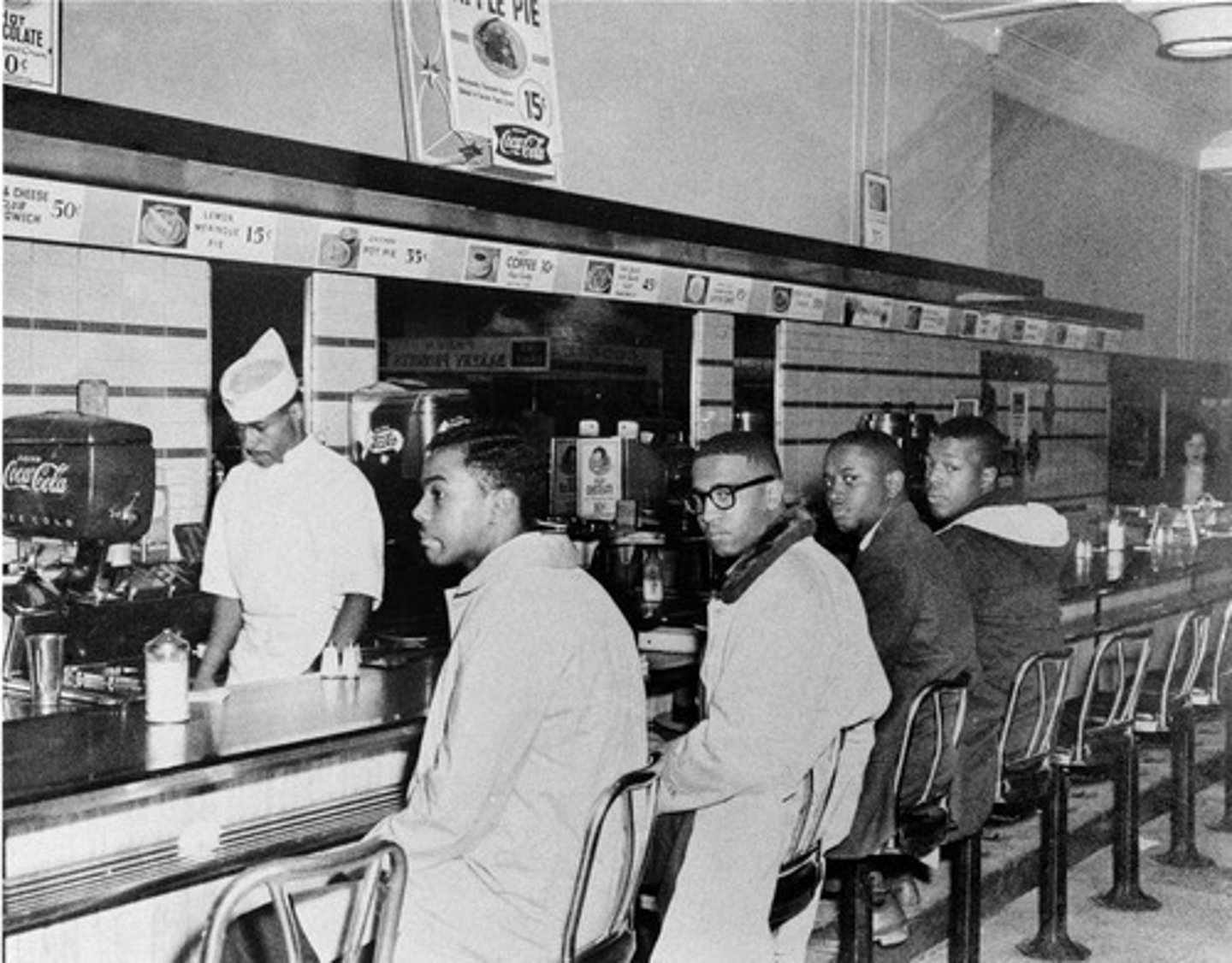
Ruby Bridges
The first African-American girl to go to a white school in the deep south; she had to have a police escort to get to and from school in New Orleans during integration
Freedom Rides
1961 event organized by CORE and SNCC in which an interracial group of civil rights activists tested southern states' compliance to the Supreme Court ban of segregation on interstate buses.
James Hood and Vivian Malone
The first African American students to enroll at the University of Alabama
March on Washington for Jobs and Freedom
August 28, 1963, rally by civil rights organizations in Washington, D.C., that brought increased national attention to the movement.
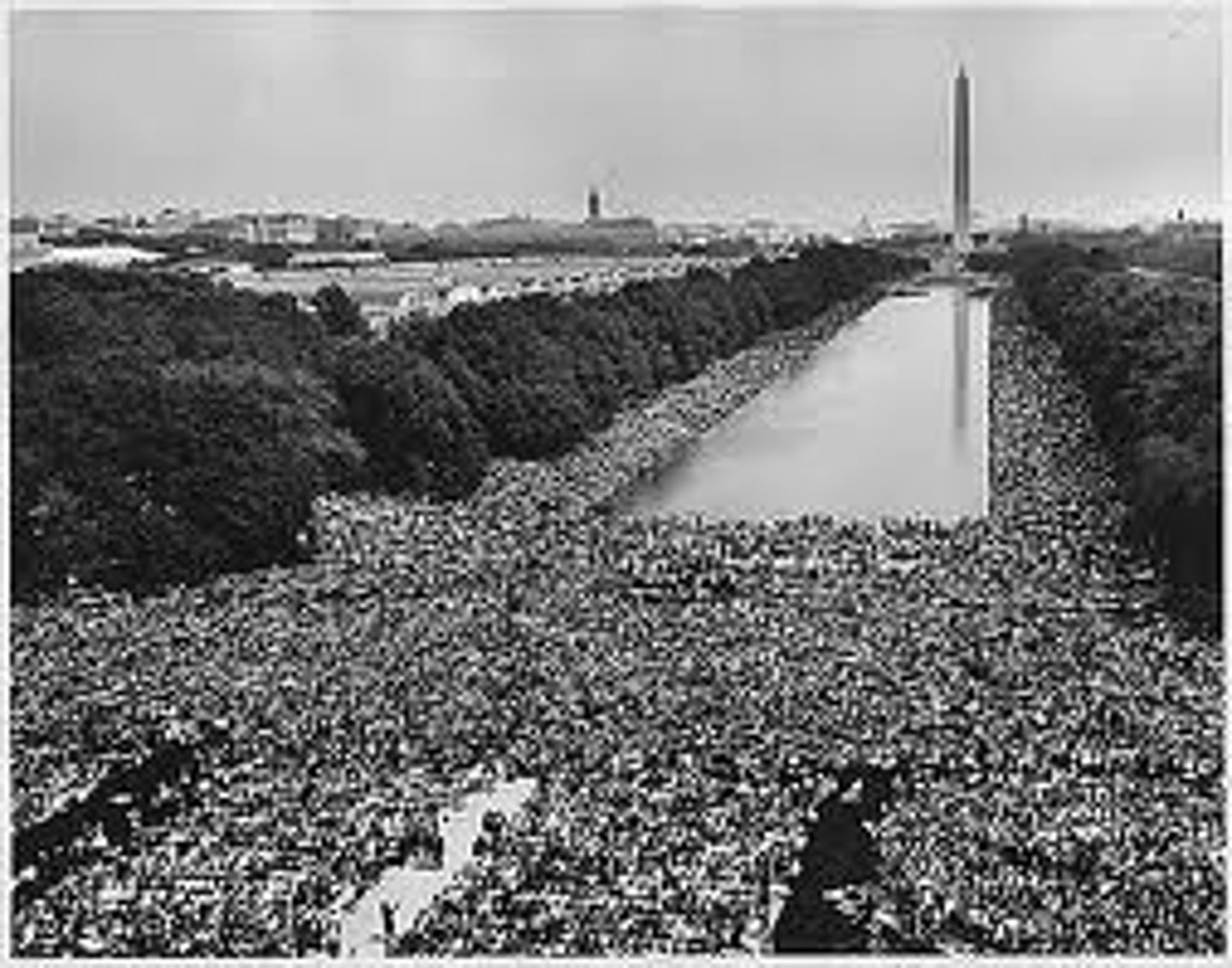
Freedom Summer
1964 effort to register African American voters in Mississippi
Bull Connor
He was the chief of police of Birmingham, Alabama during the Civil Rights Movement. His use of excessive force against the peaceful marchers on television brought attention to the issue, and helped gain support for civil right legislation.
Faubus Fables
Charles Mingus composed it as an expressive, jazz piece. Lyrics were originally banned because they were a critique of Arkansas governor Faubus who prevented integration
Charles Mingus
bass/composer - used several eras; "organized chaos"; strong personality and activist for civil rights
George Wallace
Alabama governor best known for his pro-segregation attitudes during the Civil Rights Movement.
Orville Faubus
Governor of Arkansas who used the national guard to block integration to Central High in Little Rock
Medgar Evers
Director of the NAACP in Mississippi and a lawyer who defended accused Blacks, he was murdered in his driveway by a member of the Ku Klux Klan.
16th St. Baptist Church
Meeting place for the Montgomery bus boycott, was eventually bombed by the KKK and 4 little girls were killed.
Clark Doll Test
Experiment that showed the heavy effects of racism in our country, said things like "Which doll is the nice doll?" "which doll is the pretty doll?" "which doll looks most like you?" It was repeated recently and had similar results.

Mamie Clark and Kenneth Clark
Published their classic doll studies in the 1930s and early 1940s on identity and racial preferences in Black children. Their research findings were used in the 1954 Brown versus the Board of Education decision that separate is not equal; it is unconstitutional.
Effect of Brown v. Board on Black Teachers
The share of black teachers employed in Deep South schools fell by 31.8 % between 1964 and 1972. As districts consolidated schools, they disproportionately dismissed African American teachers.
CORE
Congress of Racial Equality
SCLC
Southern Christian Leadership Conference
SNCC
Student Nonviolent Coordinating Committee
Selma Voting Rights March 1965
A series of 3 marches that took place in 1965 from Selma to Montgomery, Alabama to raise awareness of the need for reform in practices that limited voting for African Americans.
Sit-Ins
Protests by black college students, 1960-1961, who took seats at "whites only" lunch counters and refused to leave until served; in 1960 over 50,000 participated in sit-ins across the South. Their success prompted the formation of the Student Non-Violent Coordinating Committee.
John Lewis
Student leader of SNCC who organized sit-ins, spoke in Washington, & marched in Selma, eventually elected and long-time serving member of congress.
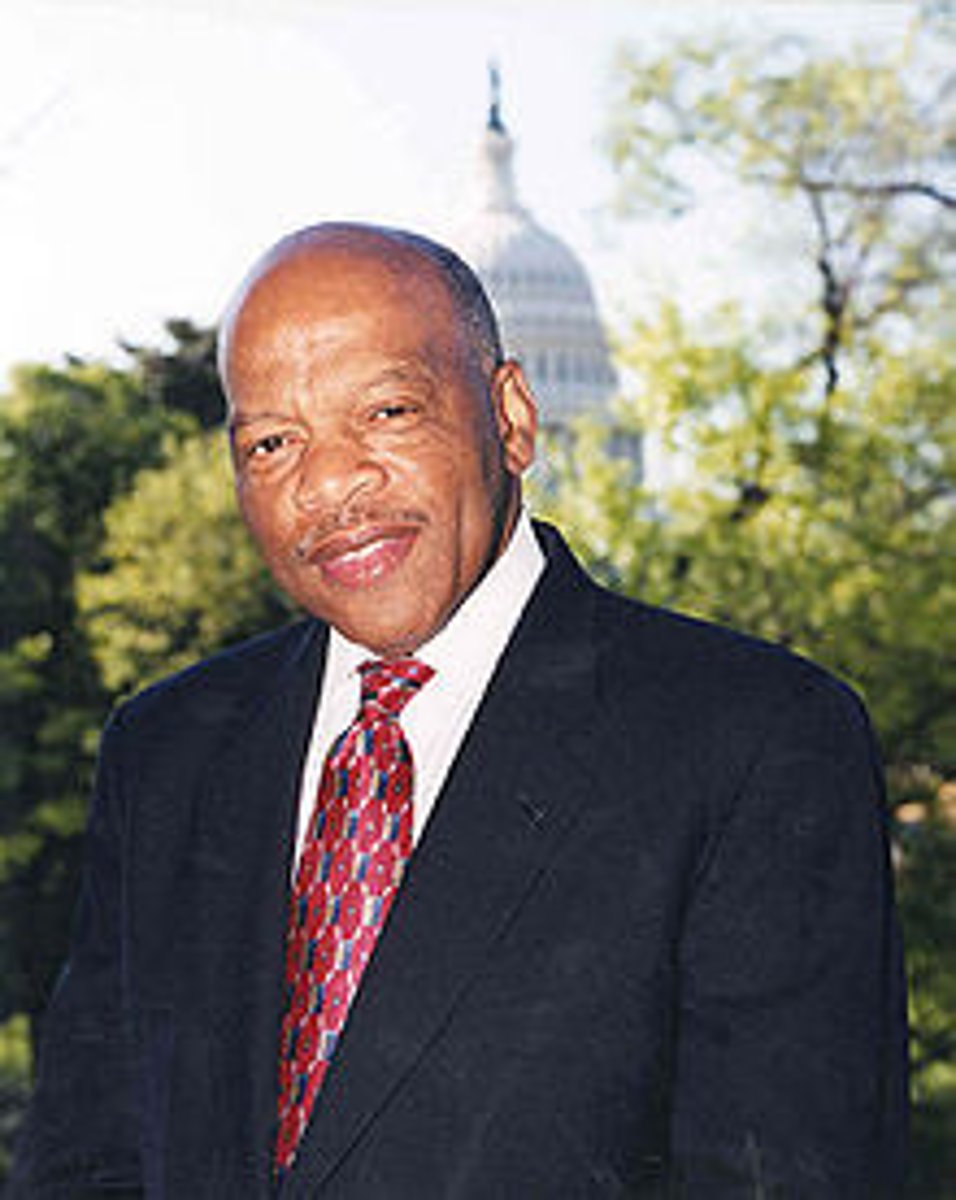
Bloody Sunday 1965
Demonstration March from Selma to Montgomery Alabama. Protest against voting rights. Peaceful March is turned violent by police violence.
Fannie Lou Hamer
A SNCC organizer and former sharecropper who had been evicted from her farm after registering to vote & thrown in jail for urging other African Americans to register to vote; helped organize the Mississippi Freedom Democratic Party & challenged the legality of the segregated Democratic Party at the Democratic Convention
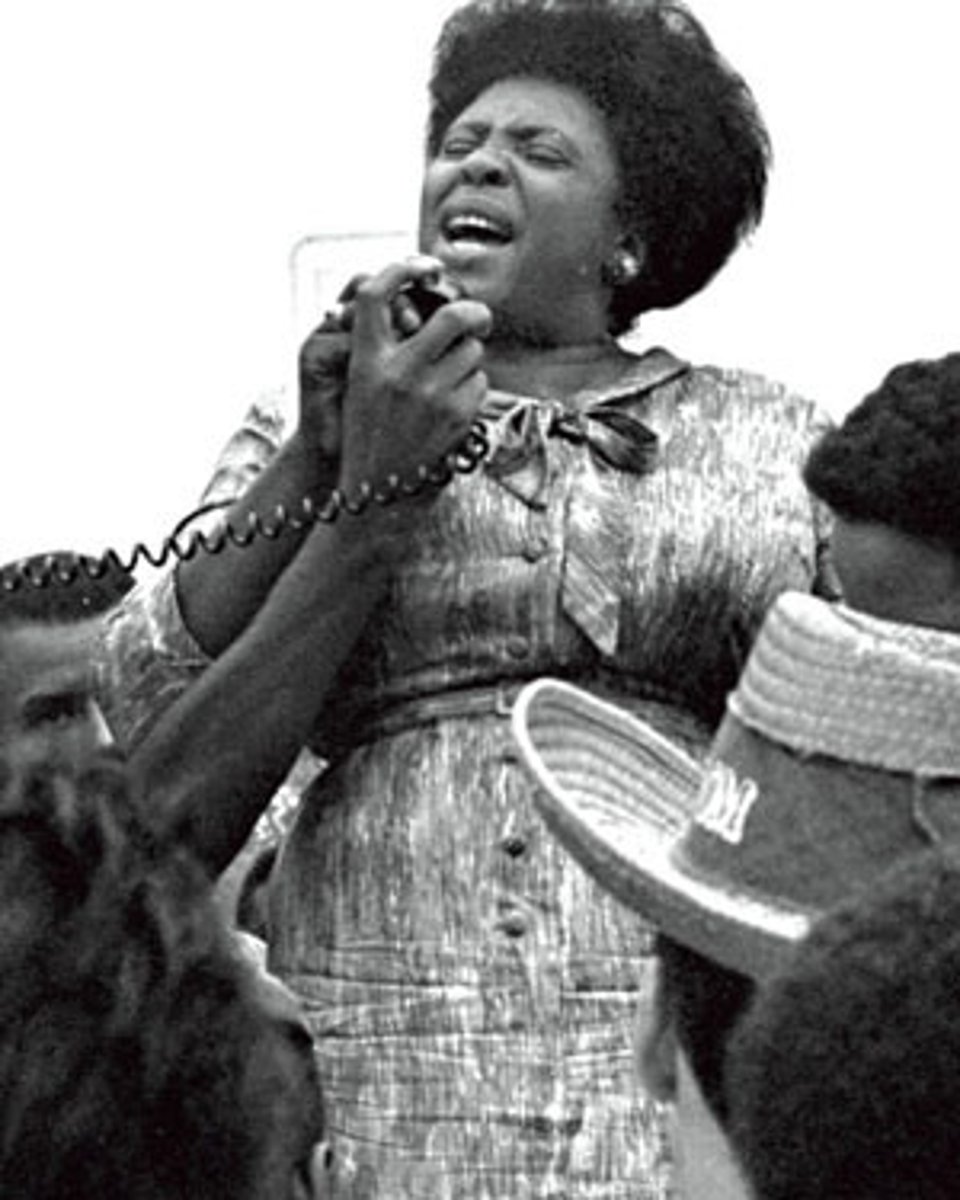
School Boycott 1964
Boycott Cripples City Schools; Absences 360,000 Above Normal, Negroes and Puerto Ricans Unite
Elijah Muhammad
Leader of the nation of Islam from 1945 to his death in 1975. He helped many people and was a strong advocate of civil rights, but was involved in some shady activities and lost the favor of Malcolm X, who went on to form his own civil rights group.
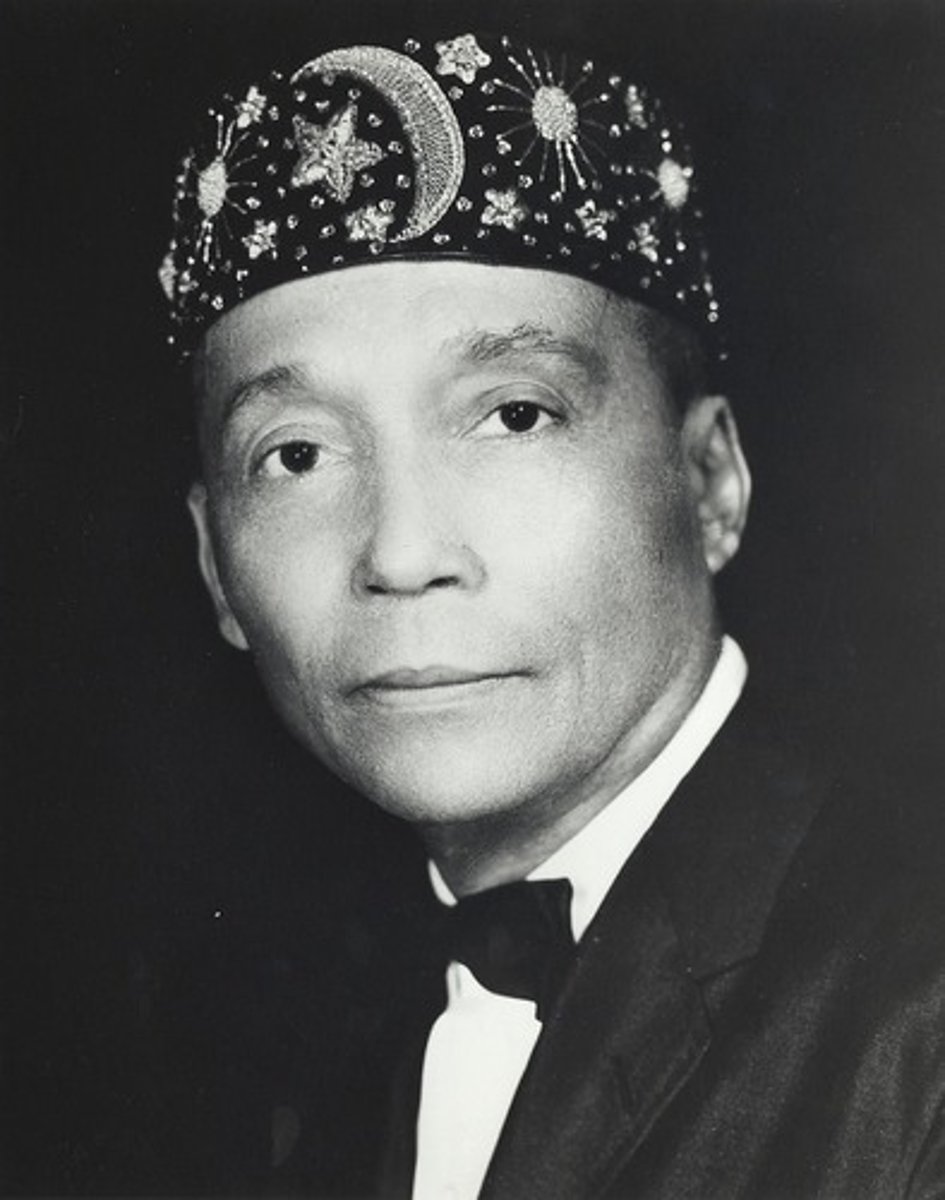
Malcolm X
1952; renamed himself X to signify the loss of his African heritage; converted to Nation of Islam in jail in the 50s, became Black Muslims' most dynamic street orator and recruiter; his beliefs were the basis of a lot of the Black Power movement built on seperationist and nationalist impulses to achieve true independence and equality
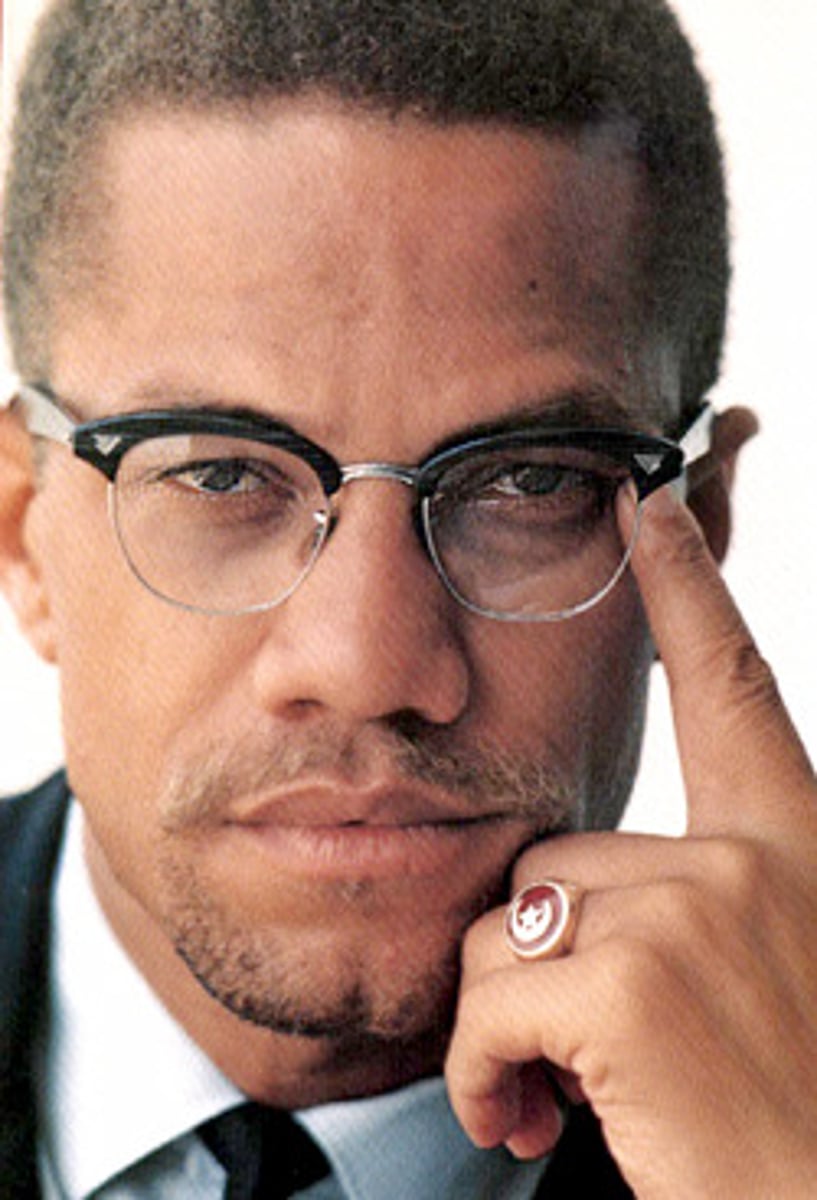
Ballot or the Bullet
A speech that malcolm x gave, supported violence in self defense, exhorted blacks to cast off the shackles of racism "by any means necessary," including violence
I Have a Dream
This speech by Martin Luther King Jr. during the March on Washington focused on civil rights.

Martin Luther King Junior
Preacher. Influenced by Ghandi. Led bus boycott, jailed and his house was firebombed. Led to desegregation in southern cities. March on Washington (famous speech) Lobbied for civil rights and voting rights. He was shot. Non-violent.
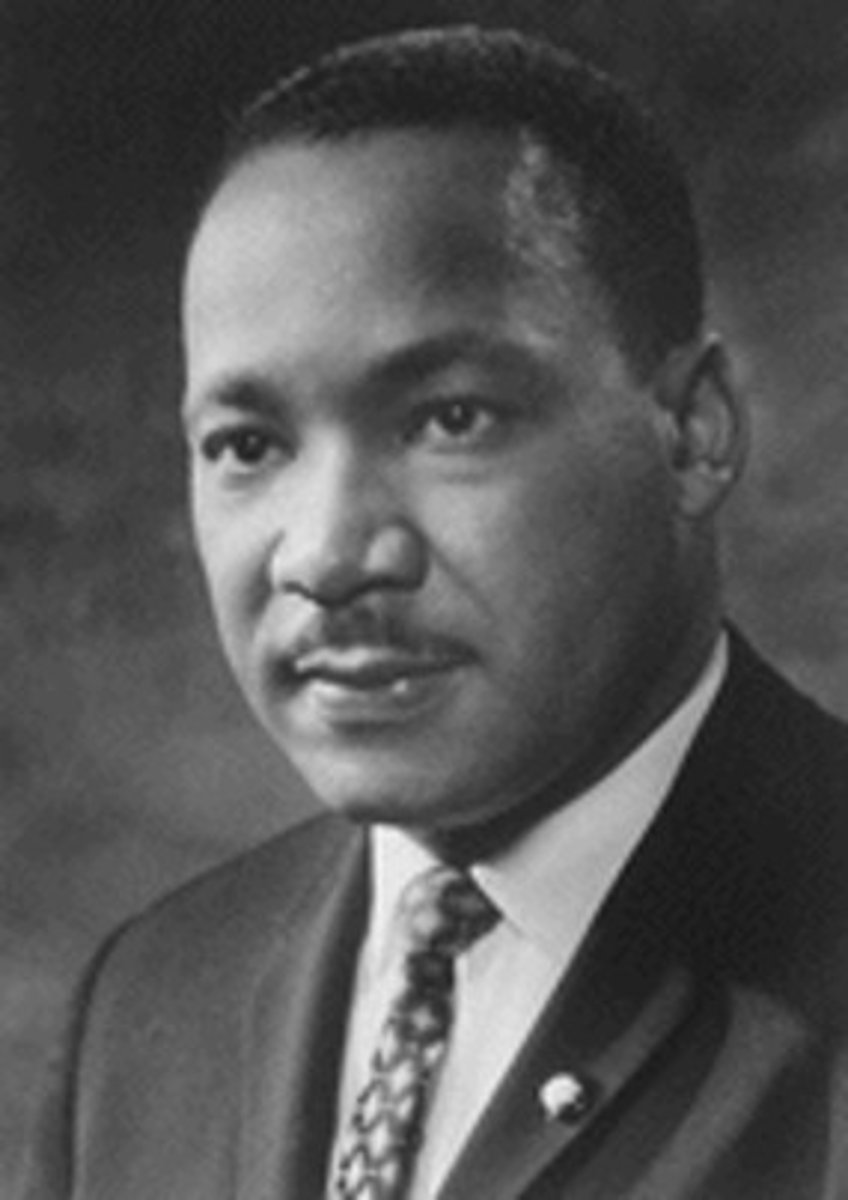
Edna Griffin
Known as the "Rosa Parks of Iowa", her court battle against the Katz Drug Store in Des Moines in 1948, State of Iowa v. Katz, foreshadowed the civil rights movement and became a landmark case before the Iowa Supreme Court.
Mamie Till Mobley
Mother of Emmett Till, her brave decision to have an open casket at his funeral showed the world the murderous evil side of Jim Crow, and helped catalyze the Civil Rights movement.
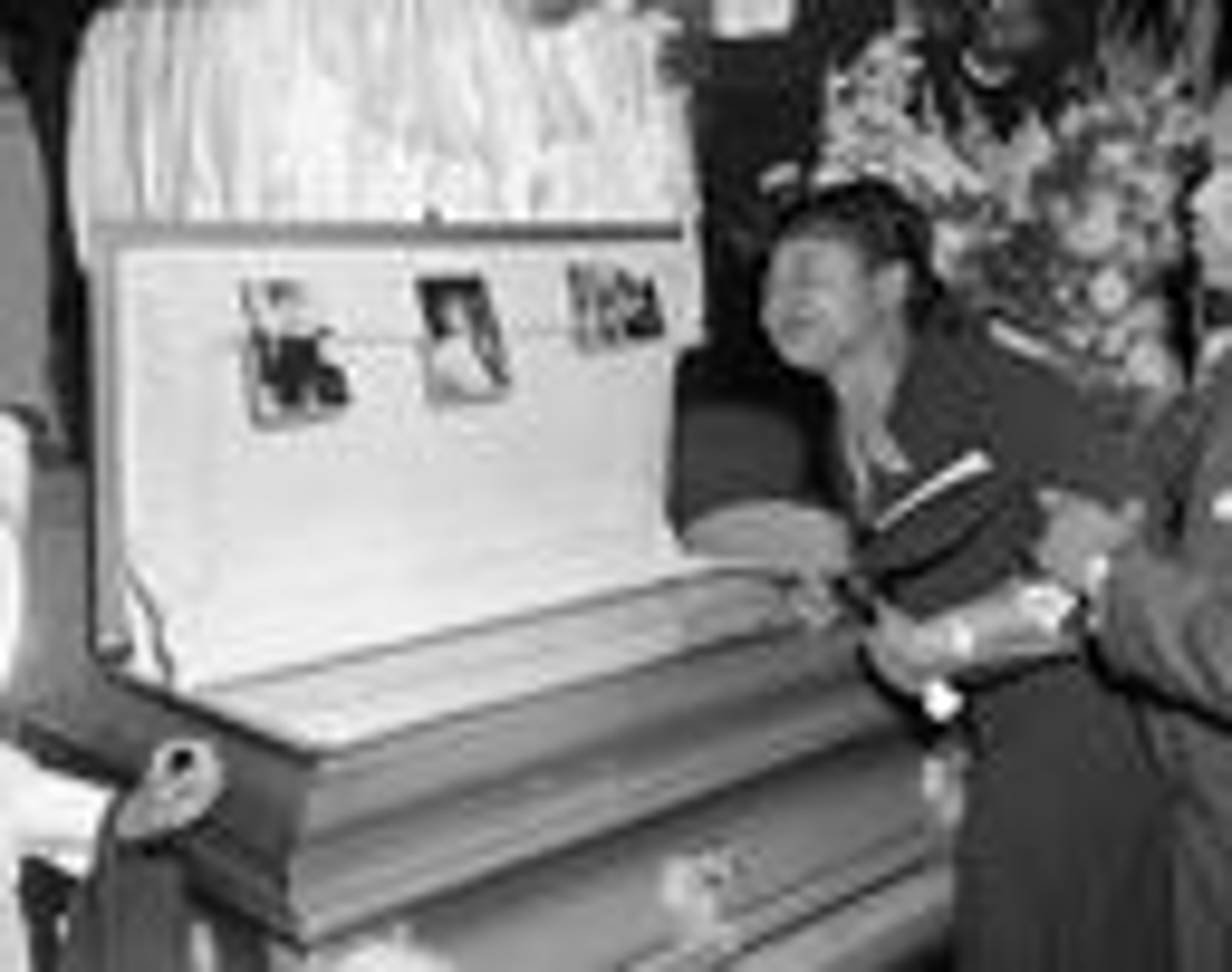
Emmett Till
Murdered in 1955 for whistling at a white woman by her husband and his friends. They kidnapped him and brutally killed him. his death led to the American Civil Rights movement.
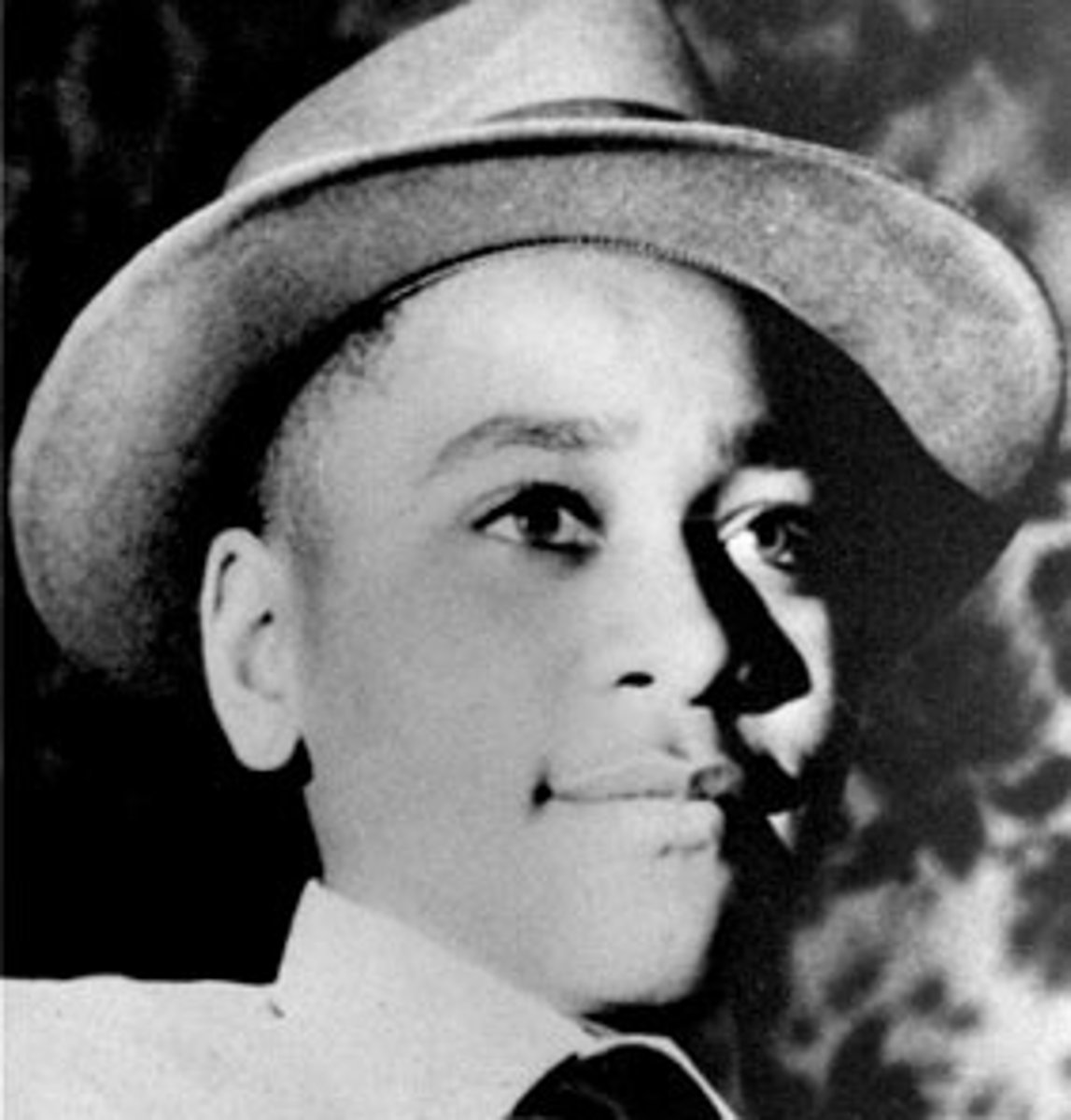
Bayard Rustin
One of Martin Luther King's aids. He was very involved in the planning of the March on Washington (1963) introduced King to the ideas of Ghandi.
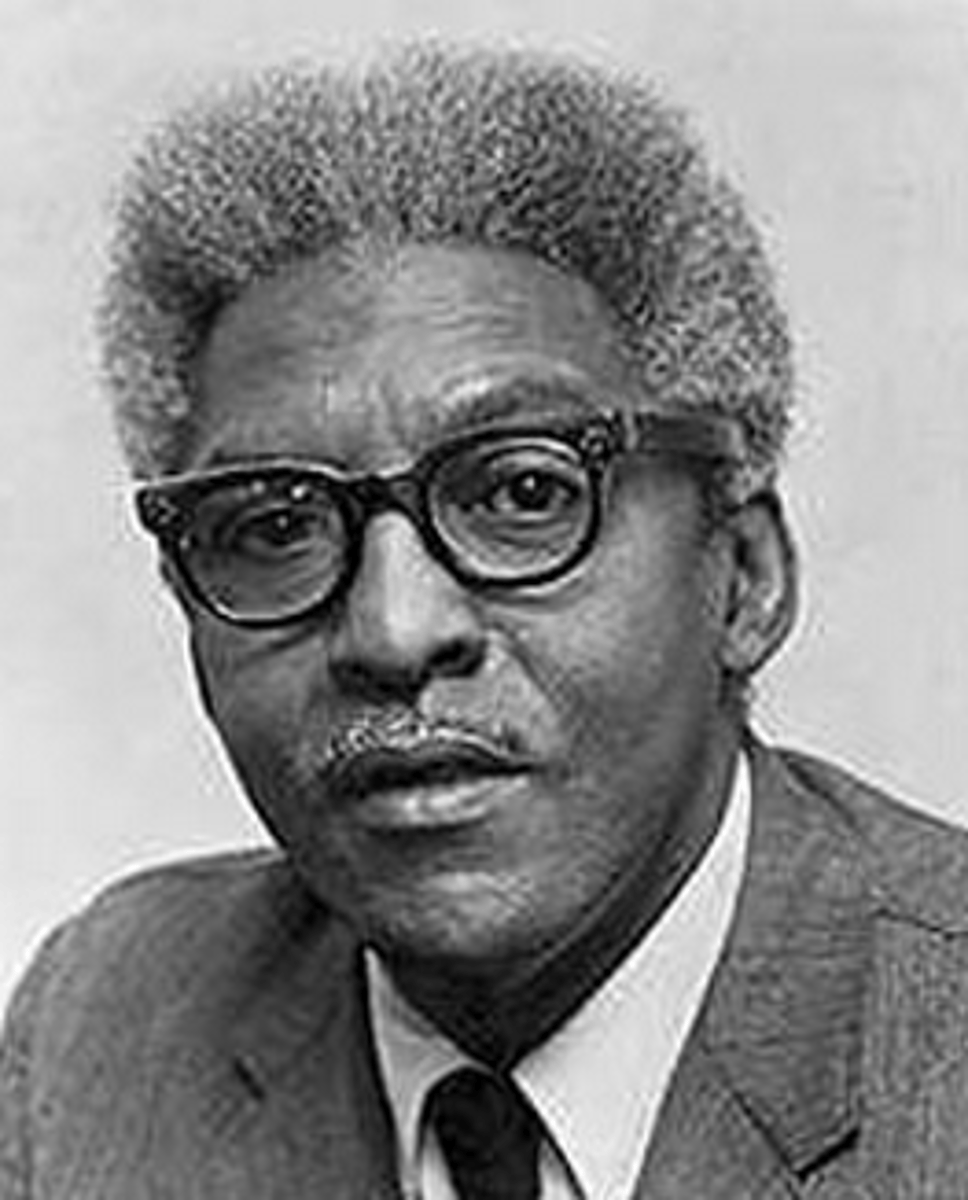
Maya Angelou
African-American autobiographer and poet. Wrote "I Know Why the Caged Bird Sings" and "Still I Rise." Activist for Civil Rights.
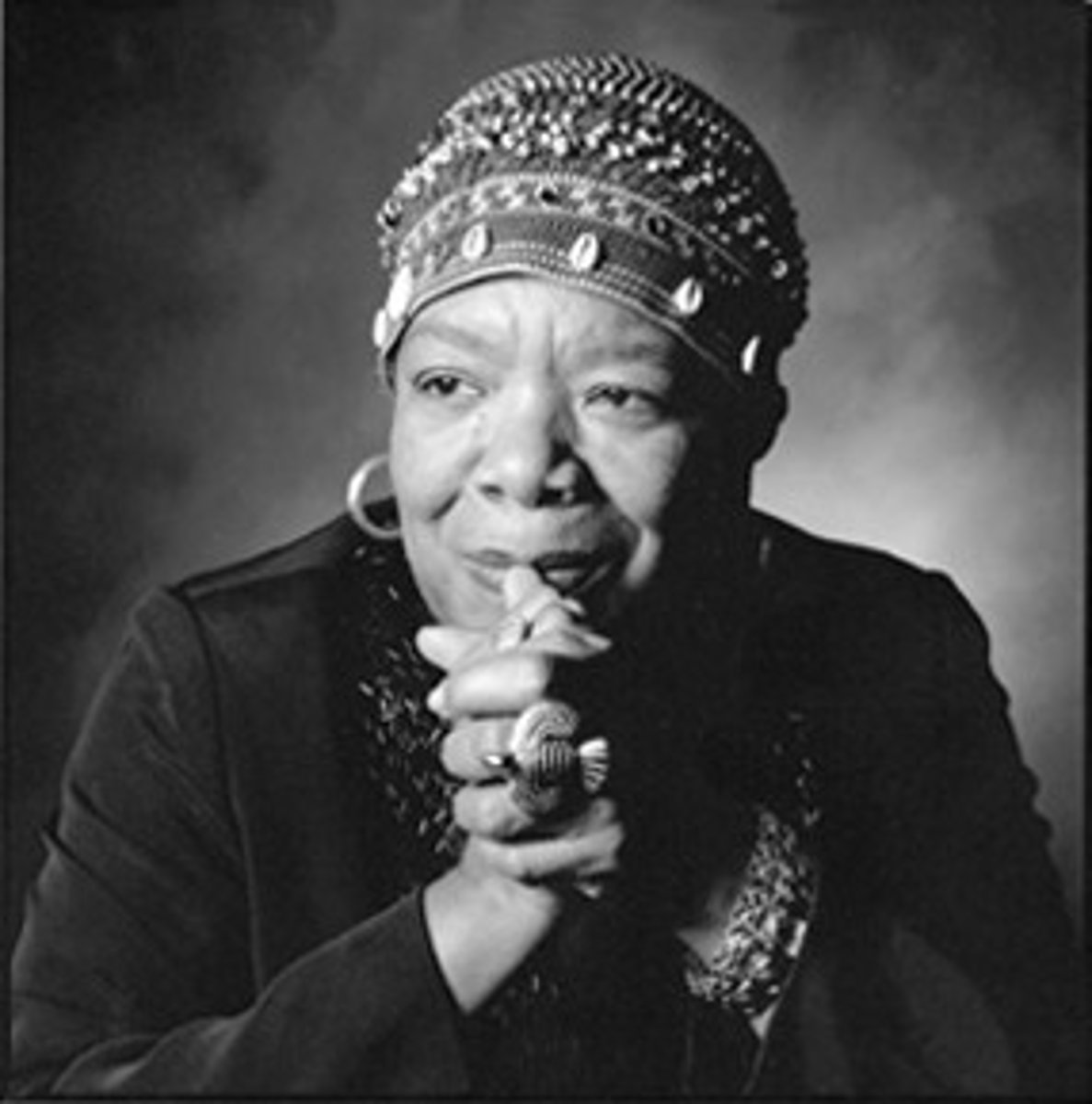
Joe Louis
One of the greatest boxers in history holding the Heavyweight title for 11 years; first African American to be a hero to all of America with his defeat of Max Schmeling in 1938 (U.S. v. Hitler)

James Meredith
He was a civil rights advocate who spurred a riot at the University of Mississippi. The riot was caused by angry whites who did not want Meredith to register at the university. The result was forced government action, showing that segregation was no longer government policy.
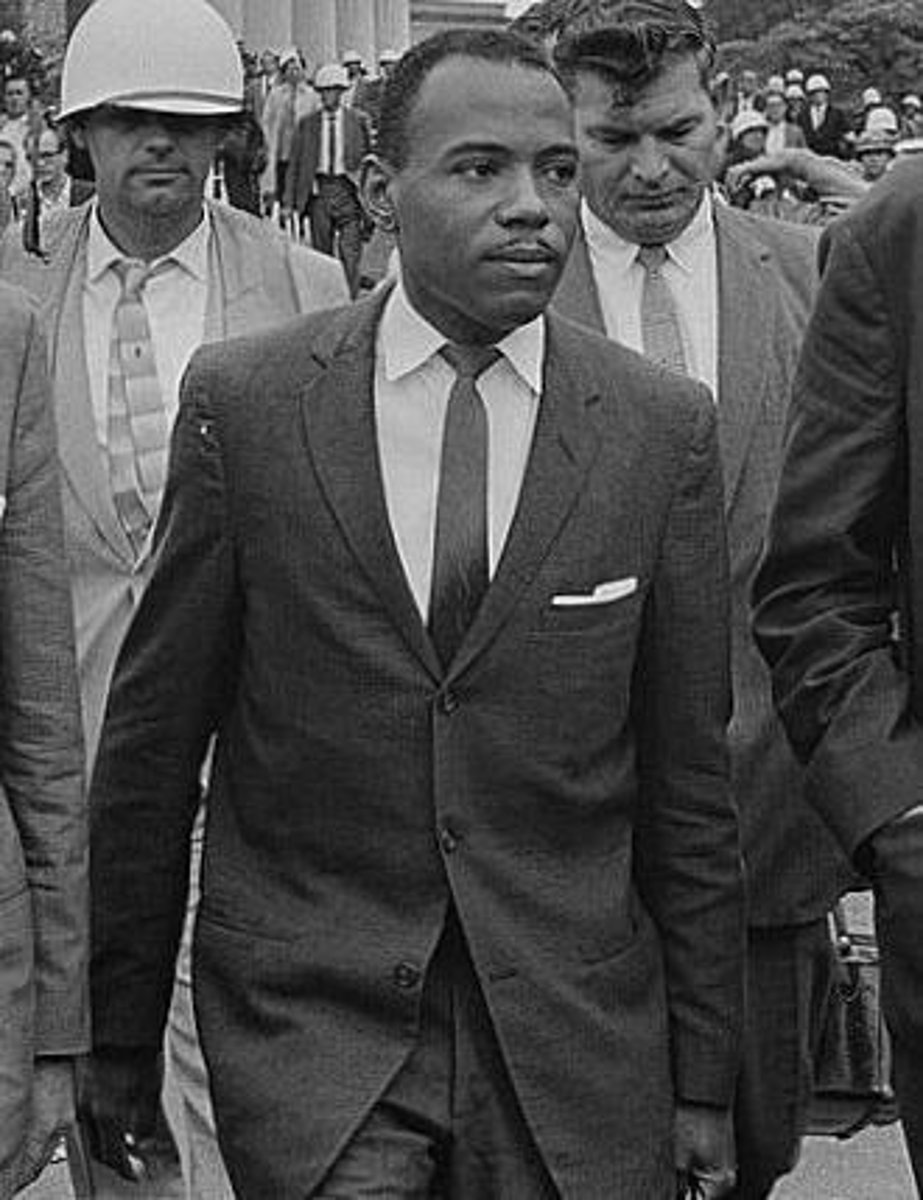
Ella Baker
55 year old executive director of the SCLC; urged student leaders who had encouraged sit-ins to create their own organization (the SNCC - Student Nonviolent Cooperating Committee)
Dorothy Height
She focused on the issues of African-American women, including unemployment, illiteracy, and voter awareness. Height is credited as the first leader in the civil rights movement to recognize inequality for women and African Americans as problems that should be considered as a whole. She was the president of the National Council of Negro Women for 40 years. Height's role in the "Big Six" civil rights movement was frequently ignored by the press due to sexism.
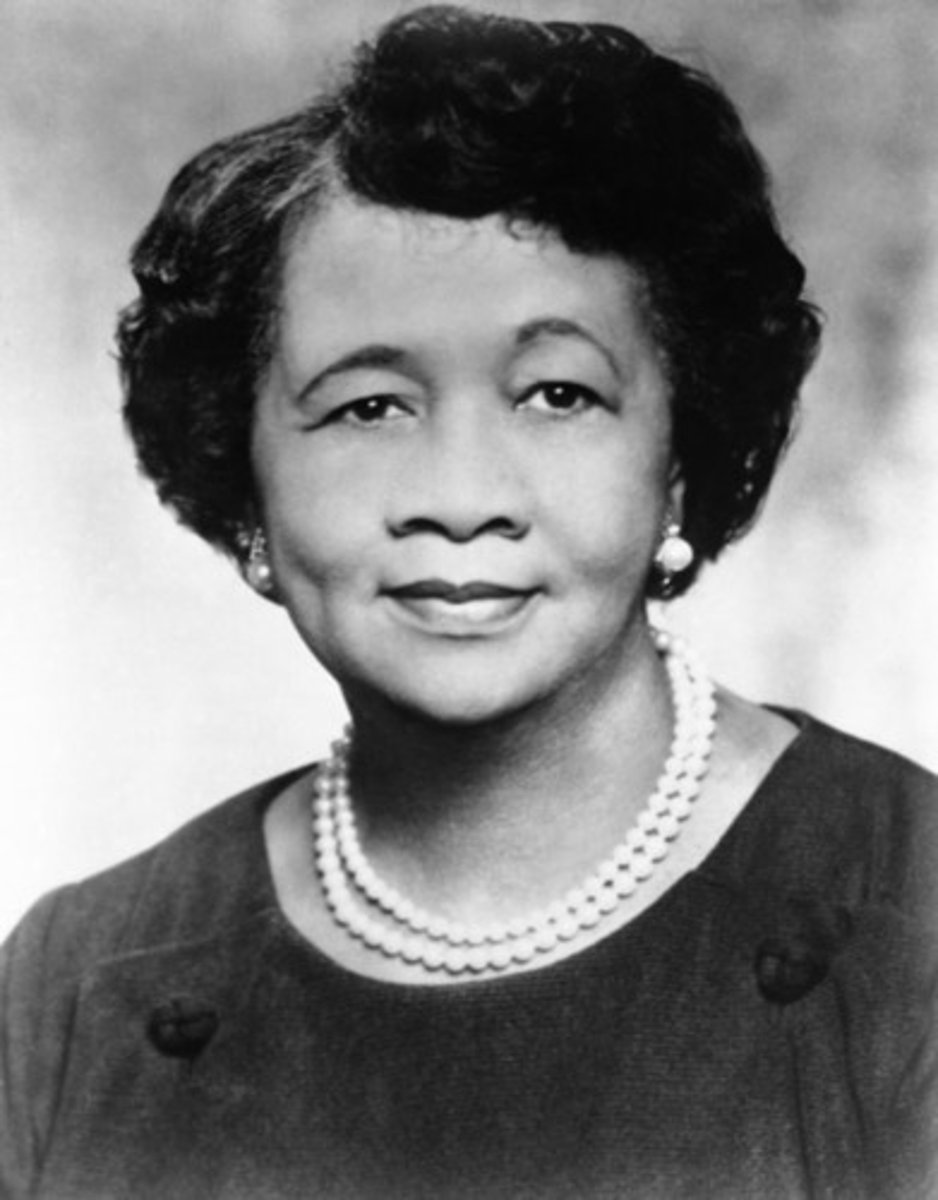
Gloria Richardson
Leader of the Cambridge Movement in Cambridge, Maryland. Famous for the picture of her pushing away the gun of a National Guard.

Pauli Murray
Was an American civil rights activist, women's rights activist, lawyer, and author.
Drawn to the ministry, in 1977 Murray became the first black woman to be ordained as an Episcopal priest and among the first group of women to become priests in this church.
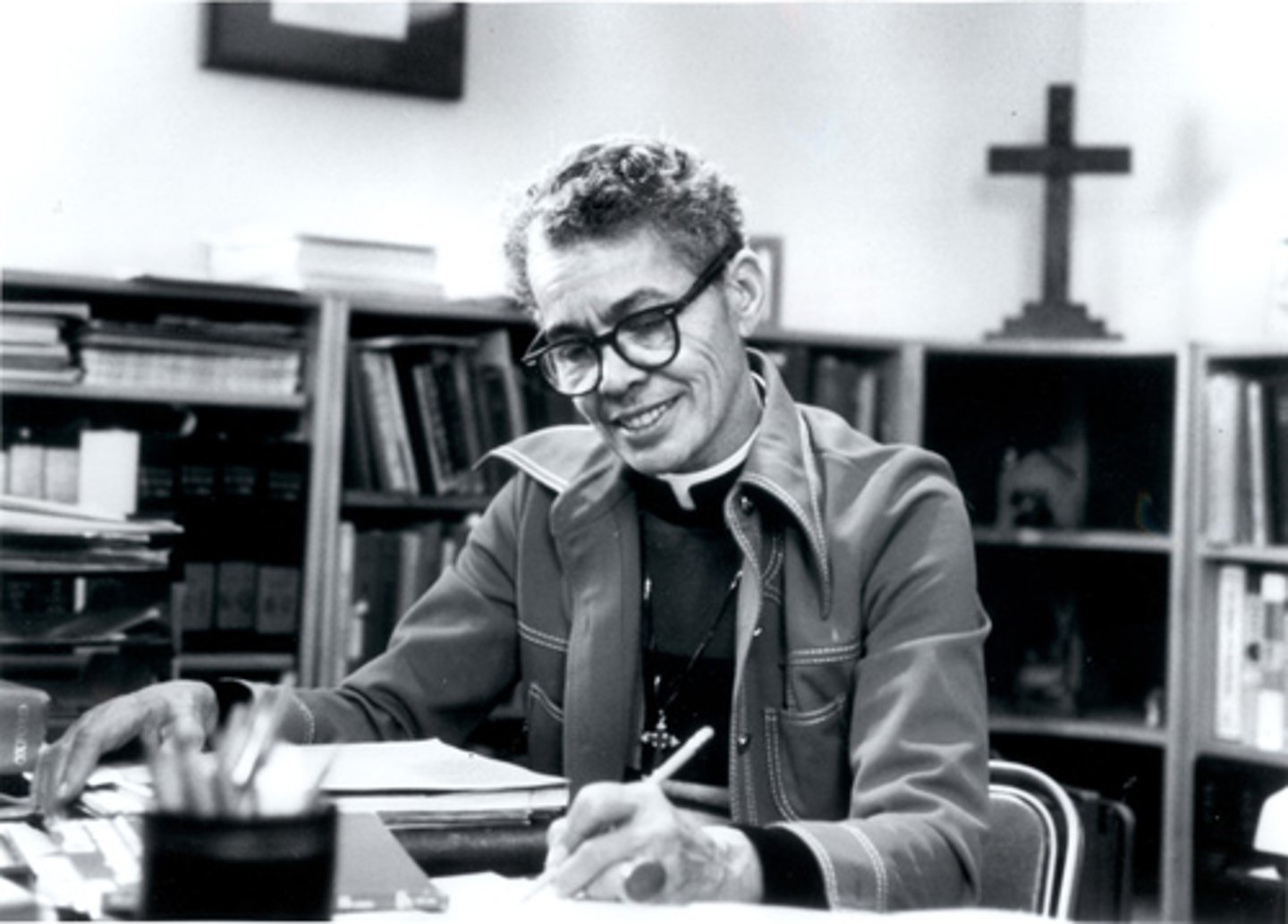
Shirley Chisolm
First African American woman elected to the House of Representatives; ran for the Democratic Party presidential nomination in 1972.
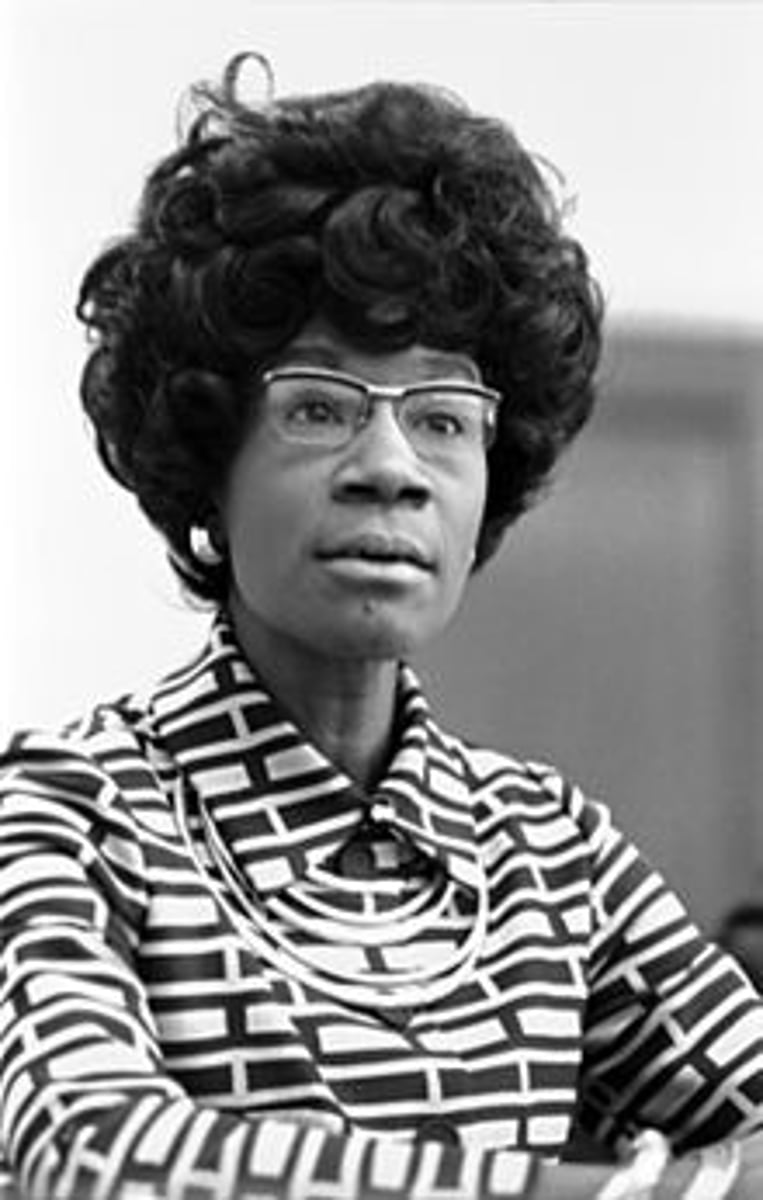
Harry Bellafonte
an American singer, actor, and civil rights activist who popularized calypso music with international audiences in the 1950s and 1960s.
Nat King Cole
A music icon, Cole was a fabulous singer and musician.
Even though he faced prejudice, he was able to crossover and gain success with white audiences.
Mahalia Jackson
Queen of Gospel
Black Panther Party
A group formed in 1966, inspired by the idea of Black Power, that provided aid to black neighborhoods; often thought of as radical or violent.
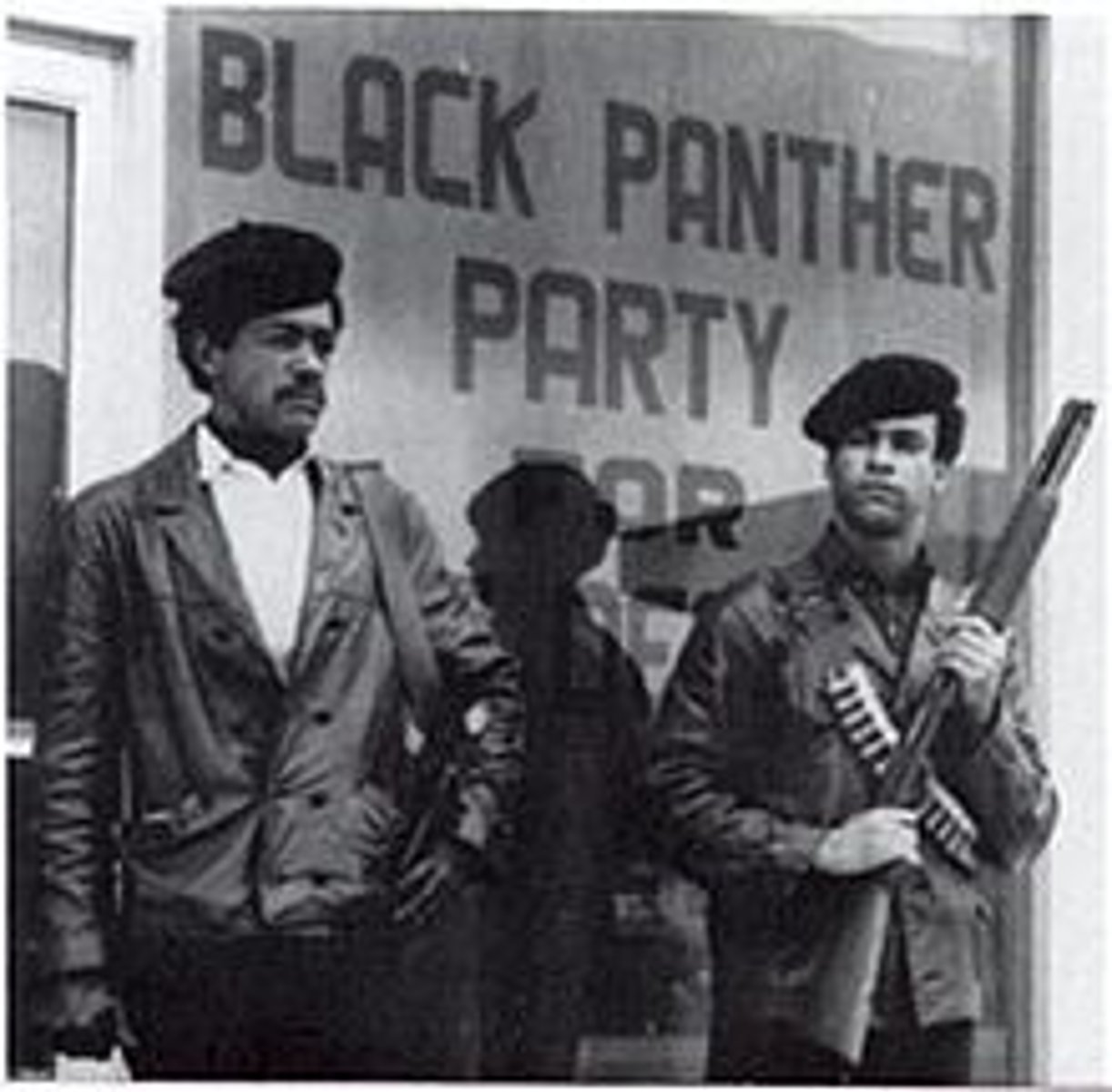
Black Panther 10-Point Program
A set of guidelines to the Black Panther Party and states their ideals and ways of operation
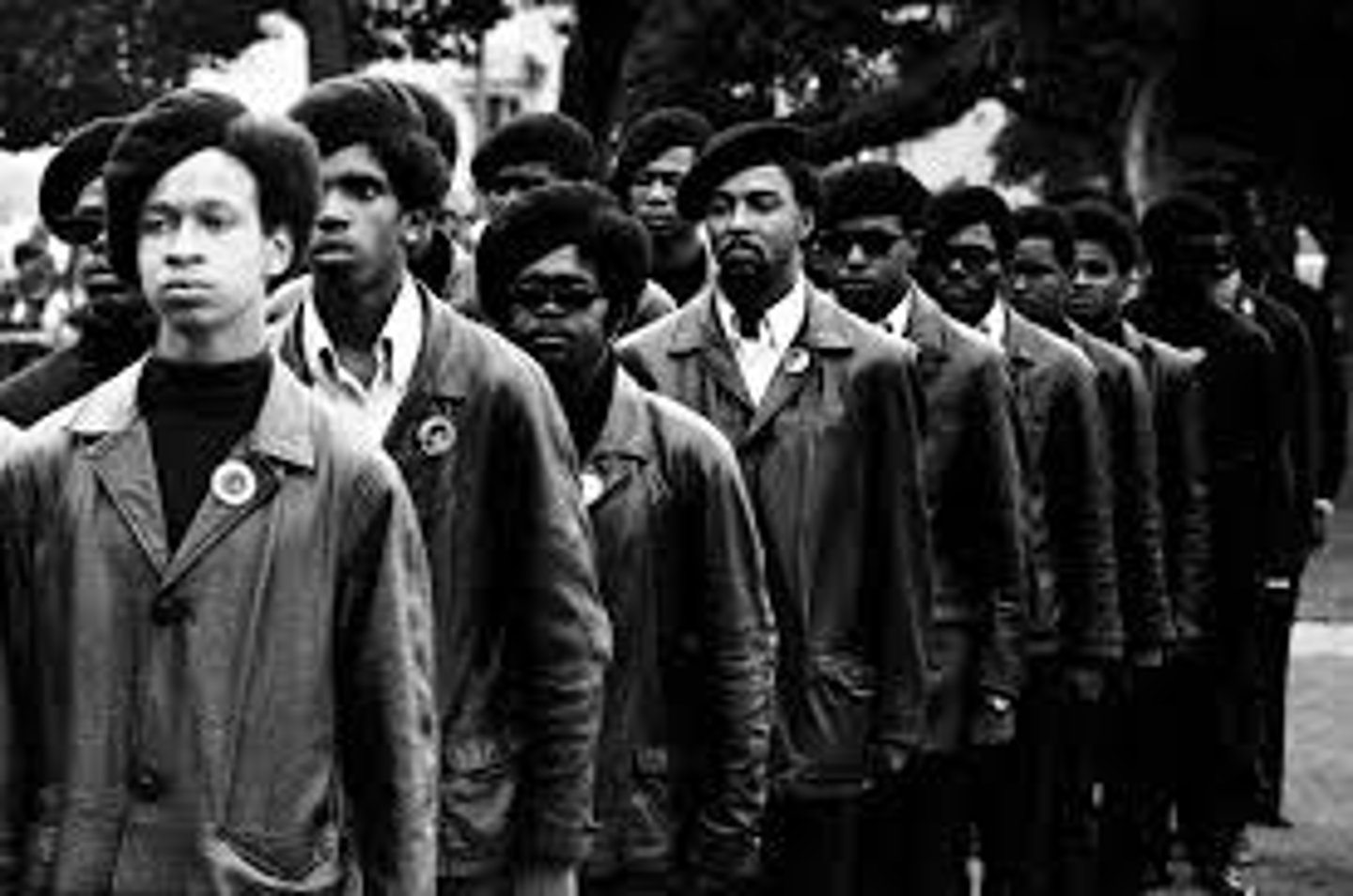
Sister Rosetta Sharpe
Guitar player and Gospel singer who brought rock and roll into Gospel.
Ruth Brown
Also known as "Miss Rhythm," she was the most popular black female vocalist in America between 1951 and 1954 and won a Tony award in 1989 for her appearance in the Broadway show Black and Blue
Motown
Term that refers to the style of music that emerged in Detroit, Michigan in the late 1960's. The Sound was a mixture of several popular musical styles and can be considered a form of soul music.
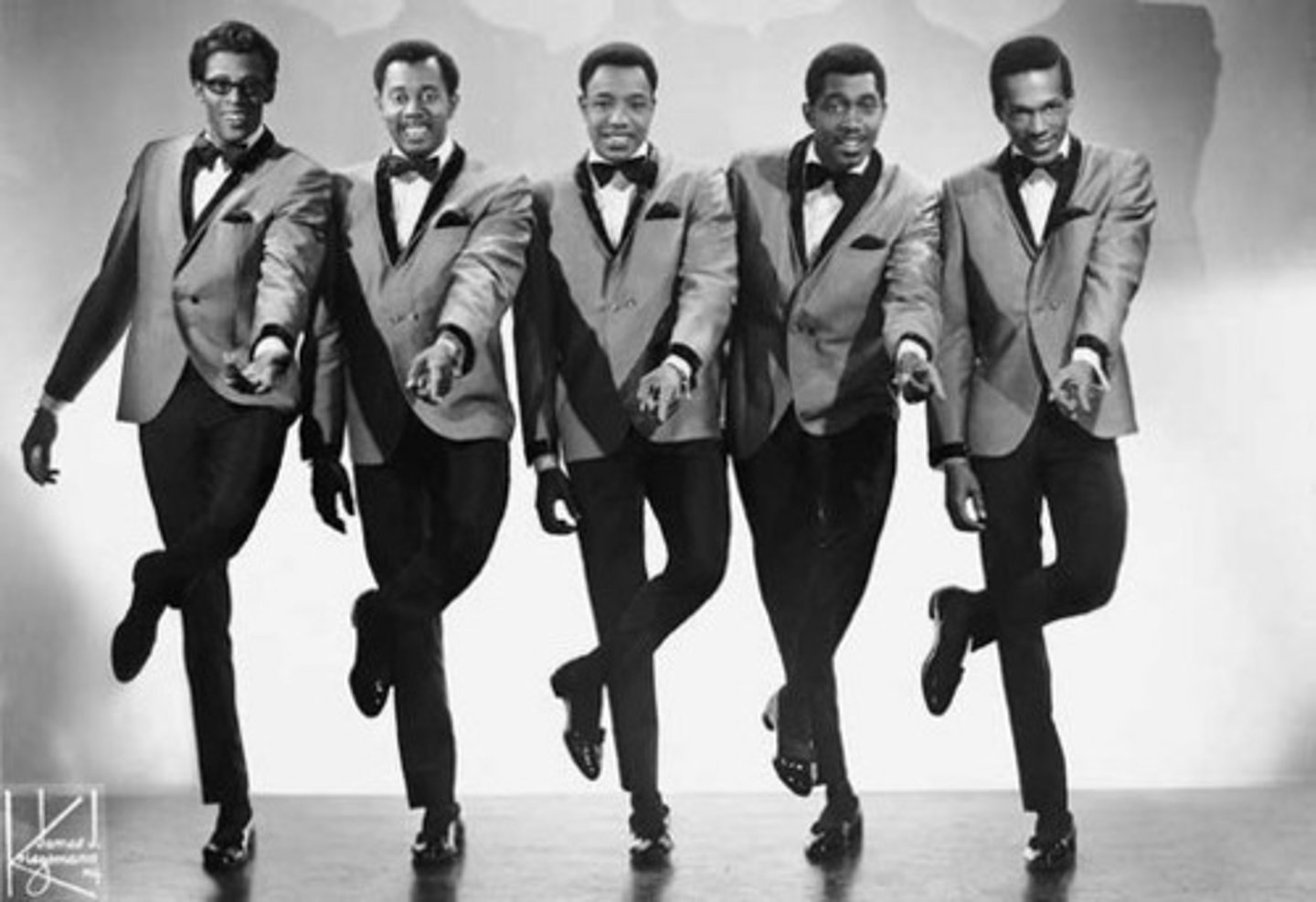
Soul/Funk
1950s- Ray Charles
1960s- James Brown
Uses the backbeat like rock and roll but with greater rhythmic variations
Uses richer harmonies than early rock and roll
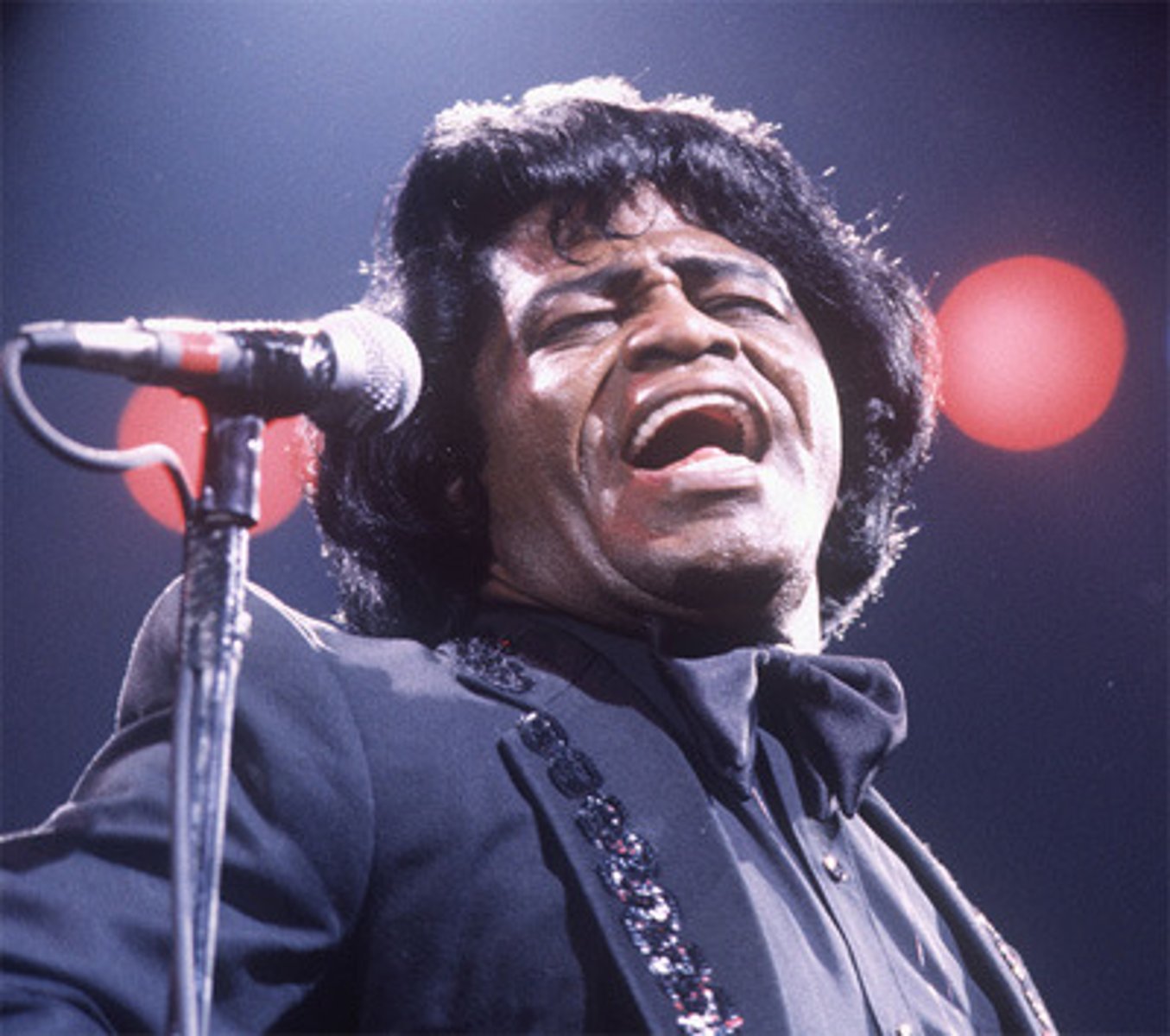
Hip Hop
Music that combines spoken street dialect with cuts (or samples) from older records and bears the influences of social politics, male boasting, and comic lyrics carried forward from blues, R&B, soul, and rock and roll
Breakdancing
Acrobatic solo dancing improvised by the young "B-boys" and "B-girls" who attended hip-hop dances.
Graffiti
Pictures or words painted or drawn on a wall, building, etc. - became a form of Black and Latino artistic expression in New York that spread.
Jean-Michel Basquiat
An artist born in NY, of a Haitian + Puerto Rican descended, who started as a graffiti artist and became very famous for his pieces.
Simon Estes
Black Iowan who became an international sensation as an opera singer. Performed in the New York Metropolitan Opera.
Fences
August Wilson broke boundaries with the play.
Oscar Micheaux
an African-American filmmaker who produced "race movies", showing all African-American casts in a variety of roles
Soul Train
Hosted by Don Cornelius. Represented Black culture in a positive way. Dance, Fashion, and Music were key. Nationally broadcast. Dictated what was "cool."
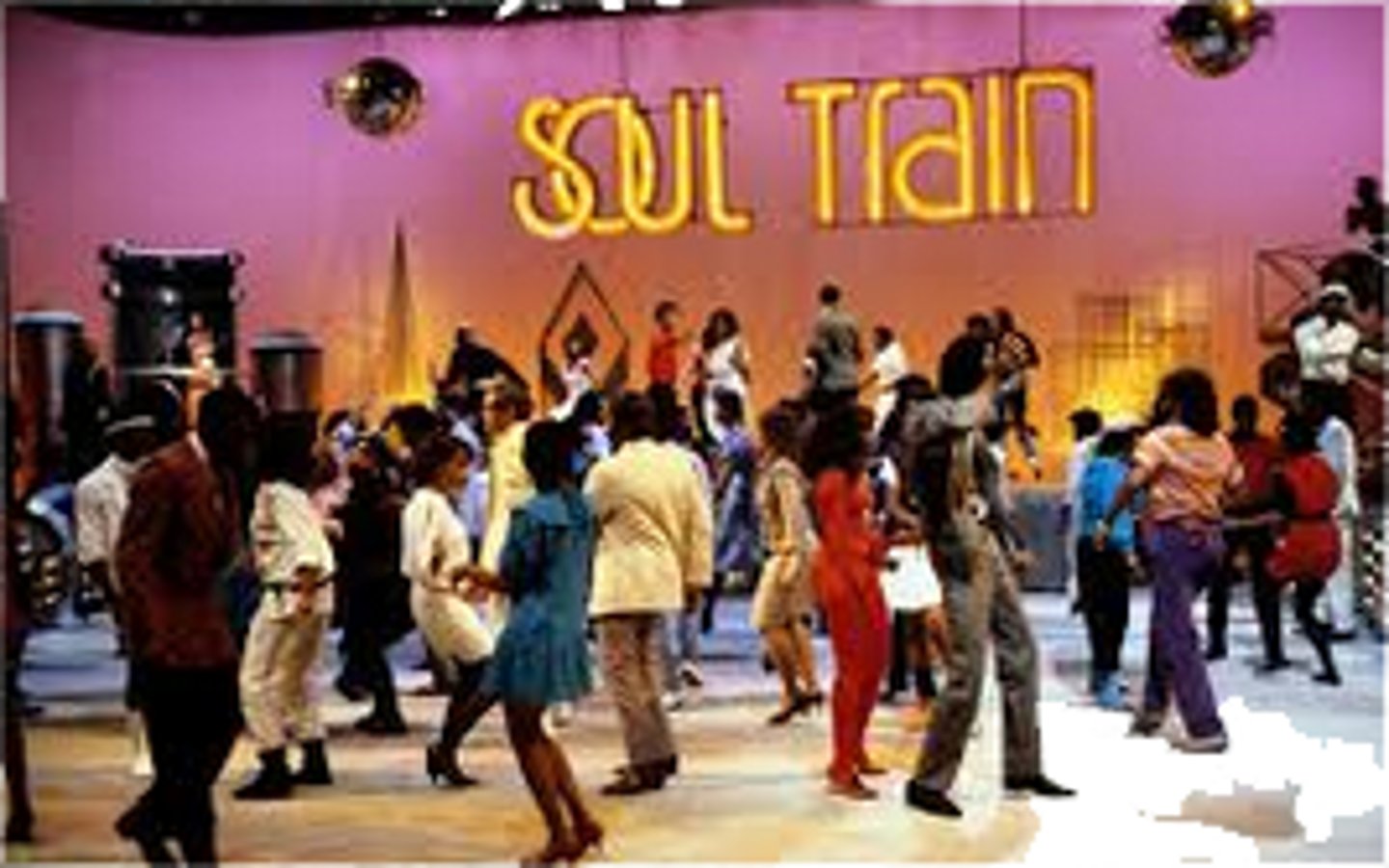
The Jeffersons
Show about black social mobility, as The show focuses on George and Louise Jefferson, a prosperous black couple who have been able to move from Queens to Manhattan owing to the success of George's dry-cleaning chain, Jefferson Cleaners.
Fresh Prince of Bel Air
The series stars Will Smith as a fictionalized version of himself, a street-smart teenager born and raised in West Philadelphia who is sent to live with his wealthy uncle and aunt in Bel-Air, Los Angeles, where his lifestyle often clashes with that of his upper-class relatives.

Good Times
Florida and James (renamed from Henry) Evans and their three children live at 721 North Gilbert Avenue, apartment 17C, in a public housing project in a poor, black neighborhood in inner-city Chicago.
Black-ish
The show revolves around the wealthy Johnson family as they juggle personal, familial and sociopolitical issues, particularly in trying to reconcile their desire to stay true to their black identities with their choice to live in a wealthy, suburban white neighborhood.
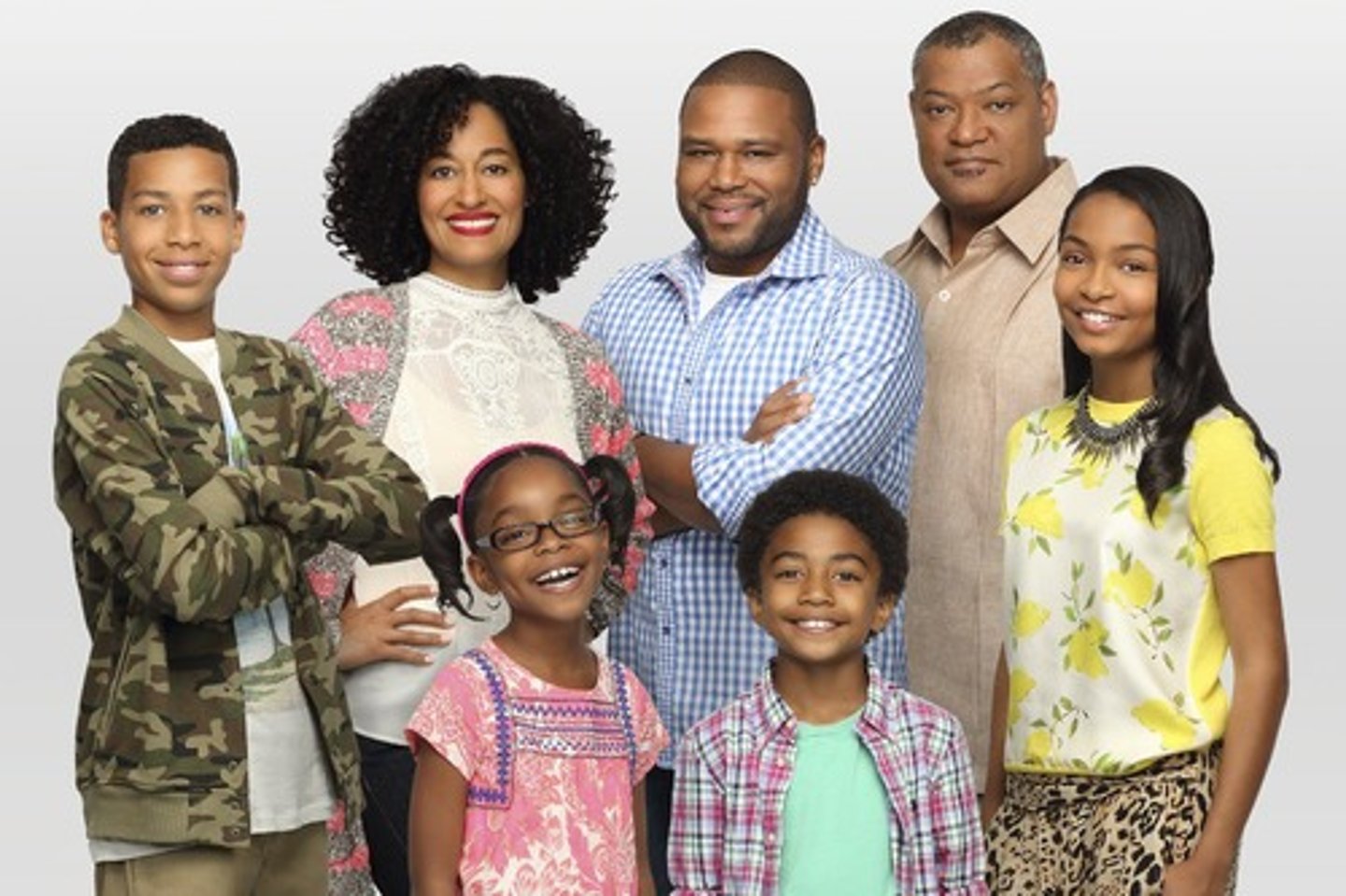
The Colored Hockey League of the Maritimes
a competitive, all-Black ice hockey league that operated from 1895 to 1930.
Tommie Smith & John Carlos
U.S. track athletes who held their gloved fists in the air during the National Anthem to demonstrate black power
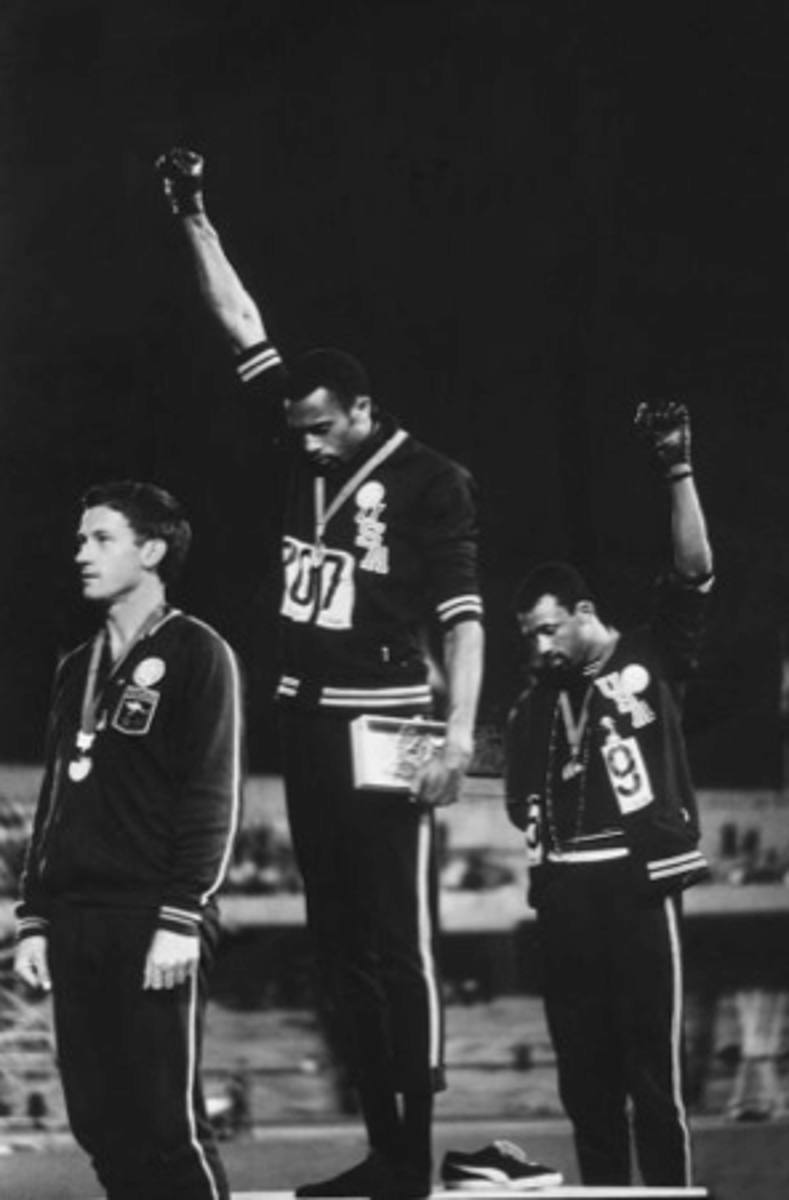
Jesse Owens
African American who won 4 gold medals at Olympic games in Germany under Hitler (a blow to Nazi notions of a master race). He returned home to discrimination.
Wilma Rudolph
first African American woman to win three Olympic gold medals in track and field in 1960

Muhammad Ali
Muhammad Ali was an American professional boxer and activist. Nicknamed "the Greatest", he is regarded as one of the most significant sports figures of the 20th century and is often regarded as the greatest heavyweight boxer of all time. He held the Ring magazine heavyweight title from 1964 to 1970
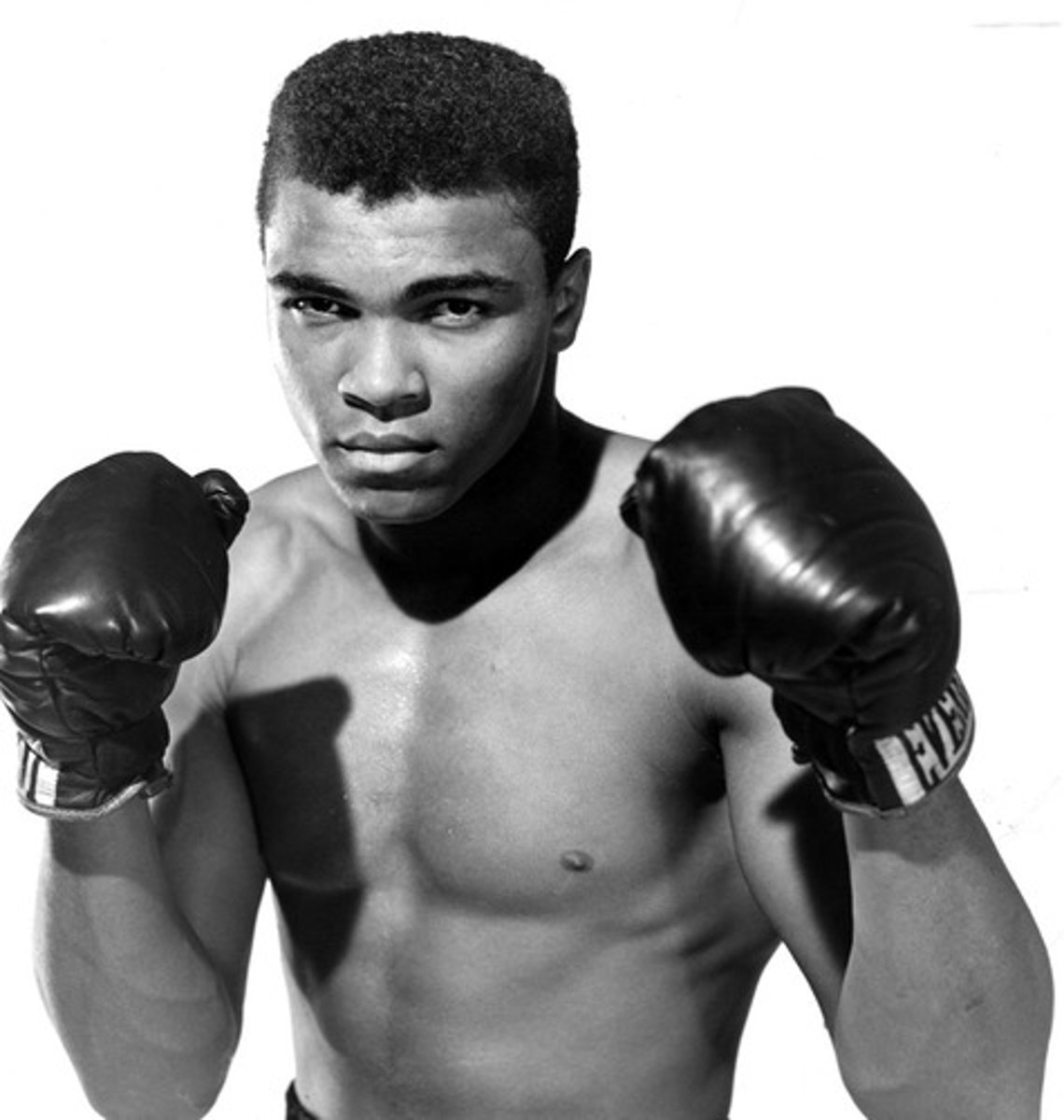
Jack Trice
First black athlete at ISU, died due to injury at a football game. 50 years after his death; the meaning of his death changed and students saw it as an act of racism; students fought for the football stadium to be named after him.
Colin Kaepernick
NFL quarterback who created a storm of controversy when he refused to stand for the national anthem during the 2016 NFL season in solidarity with Black Lives Matter
